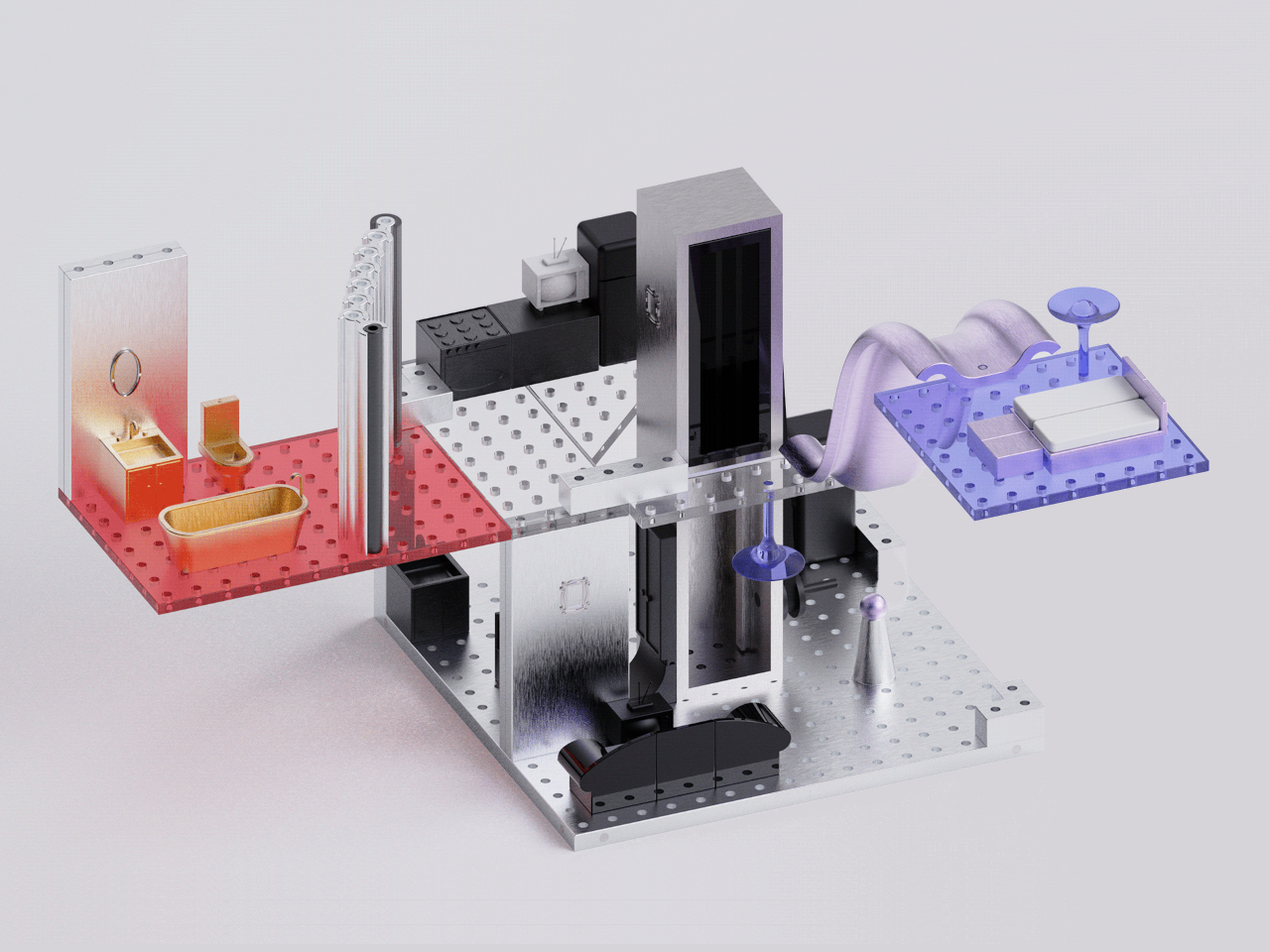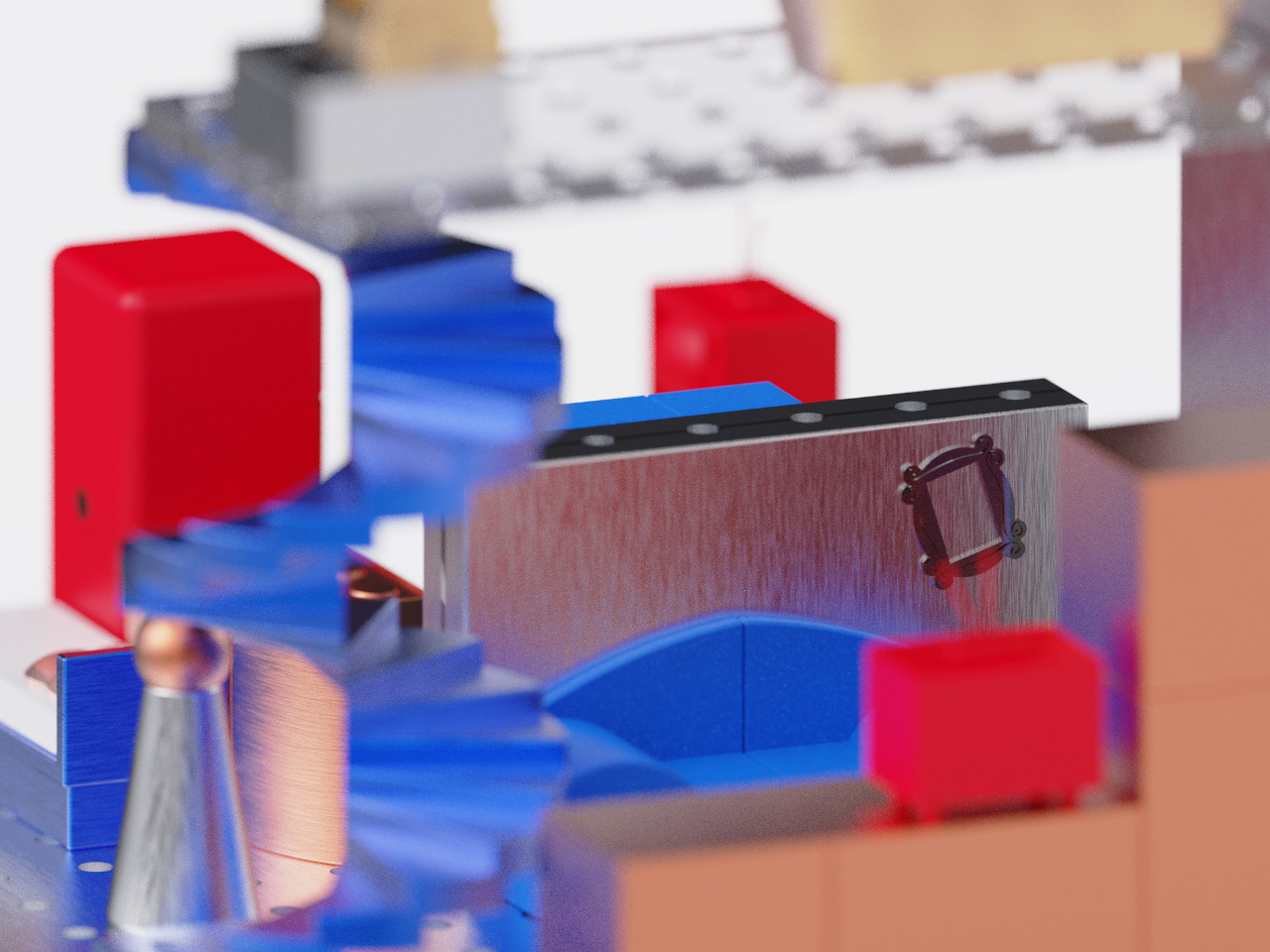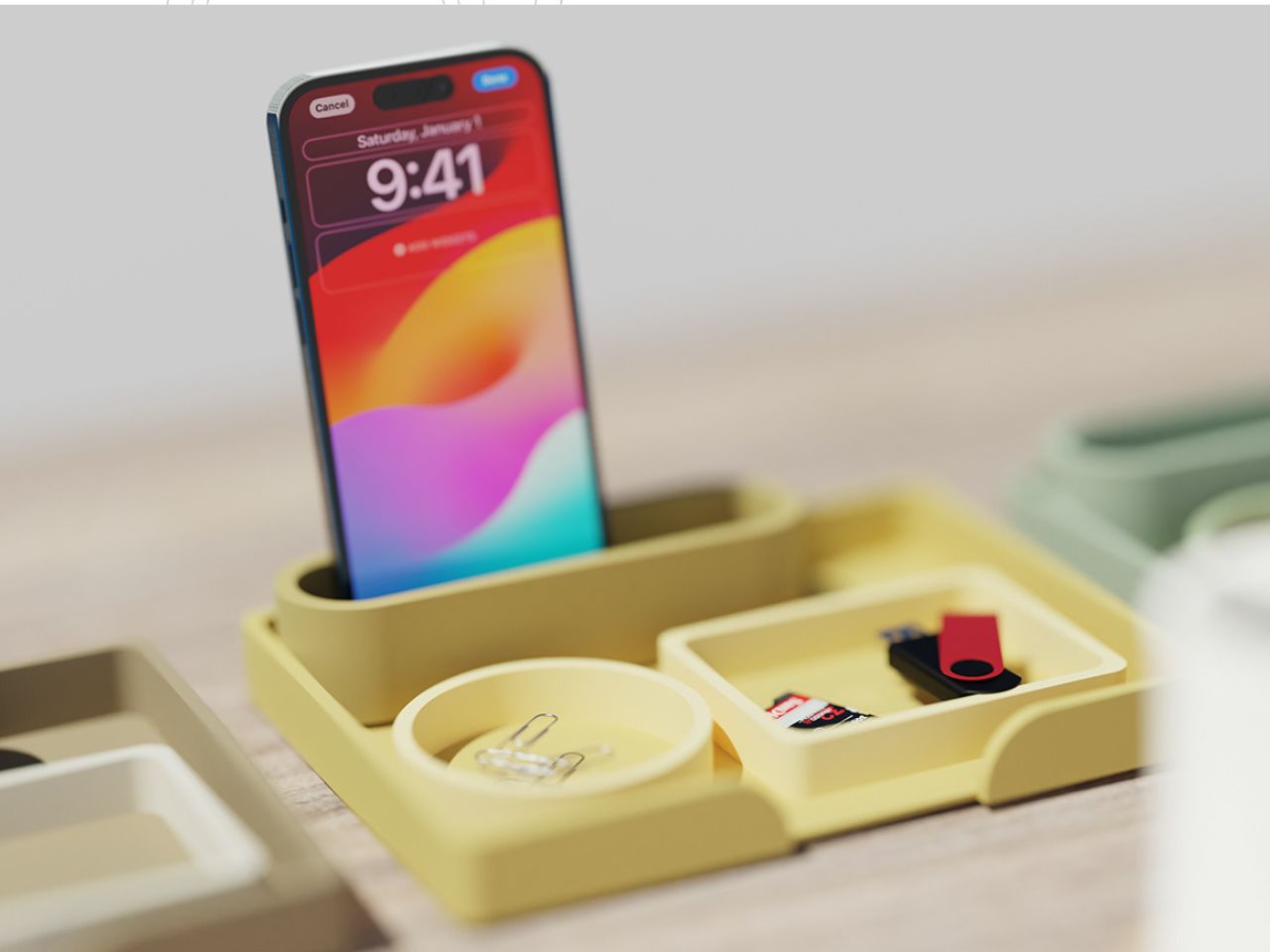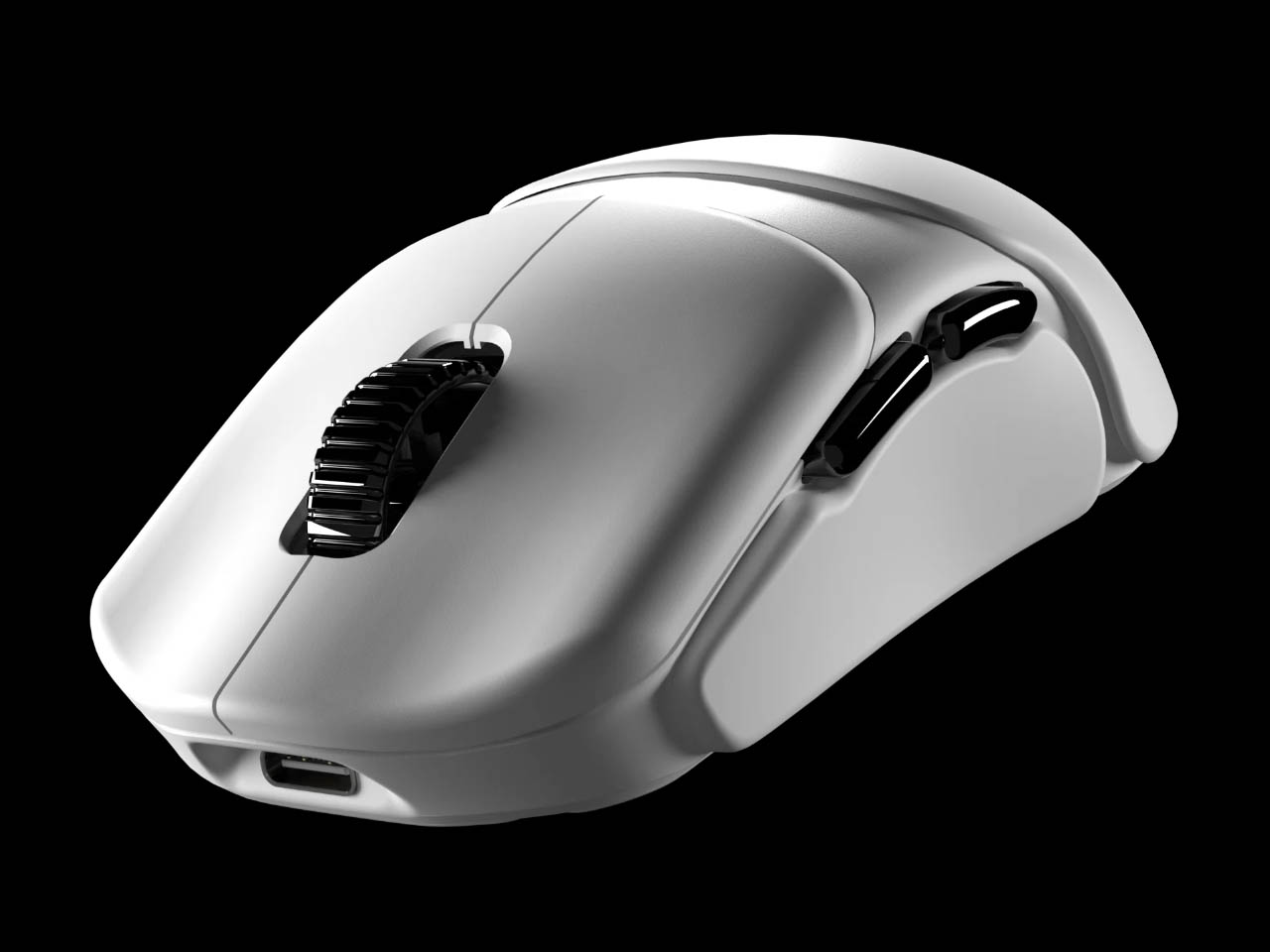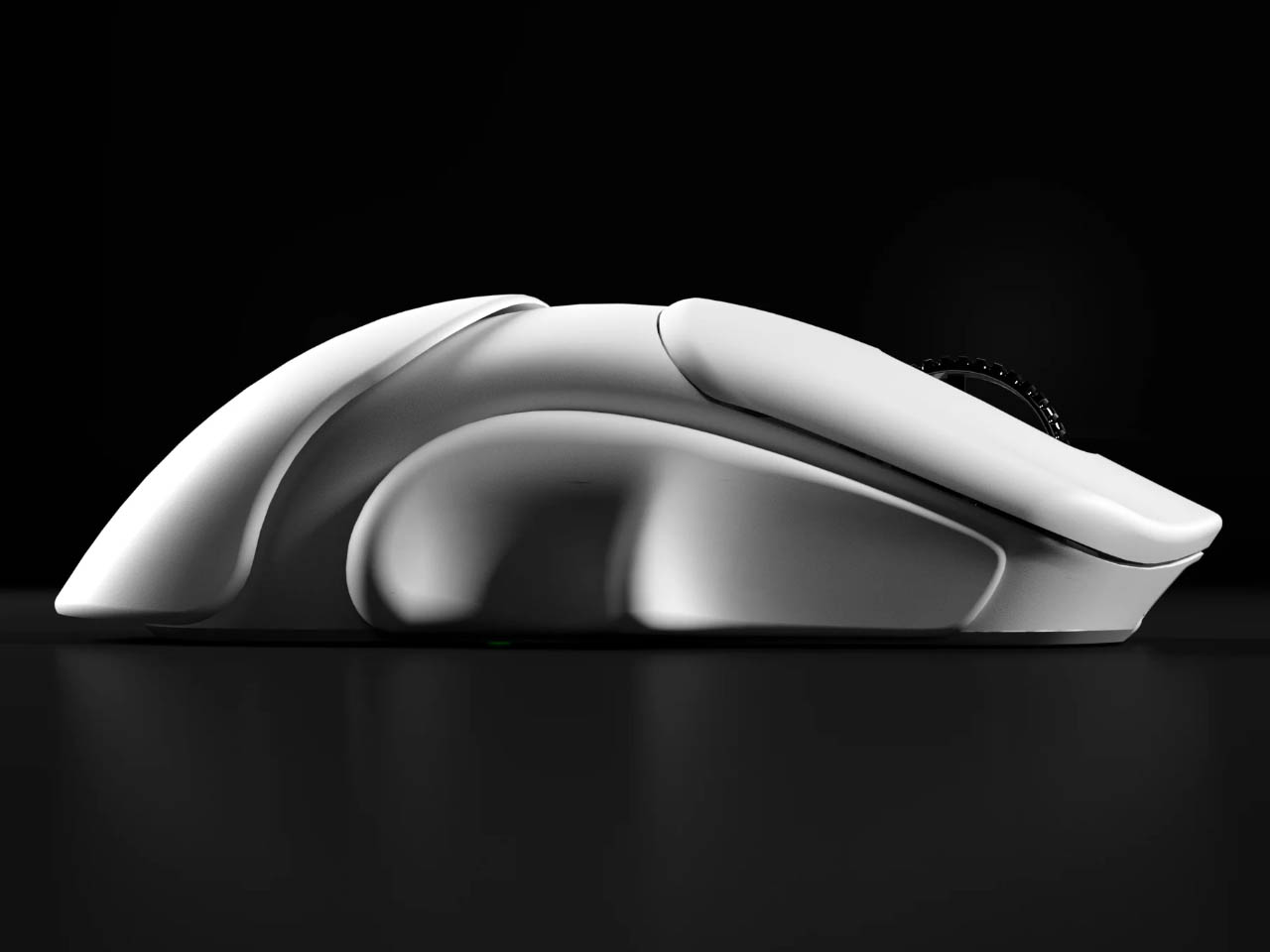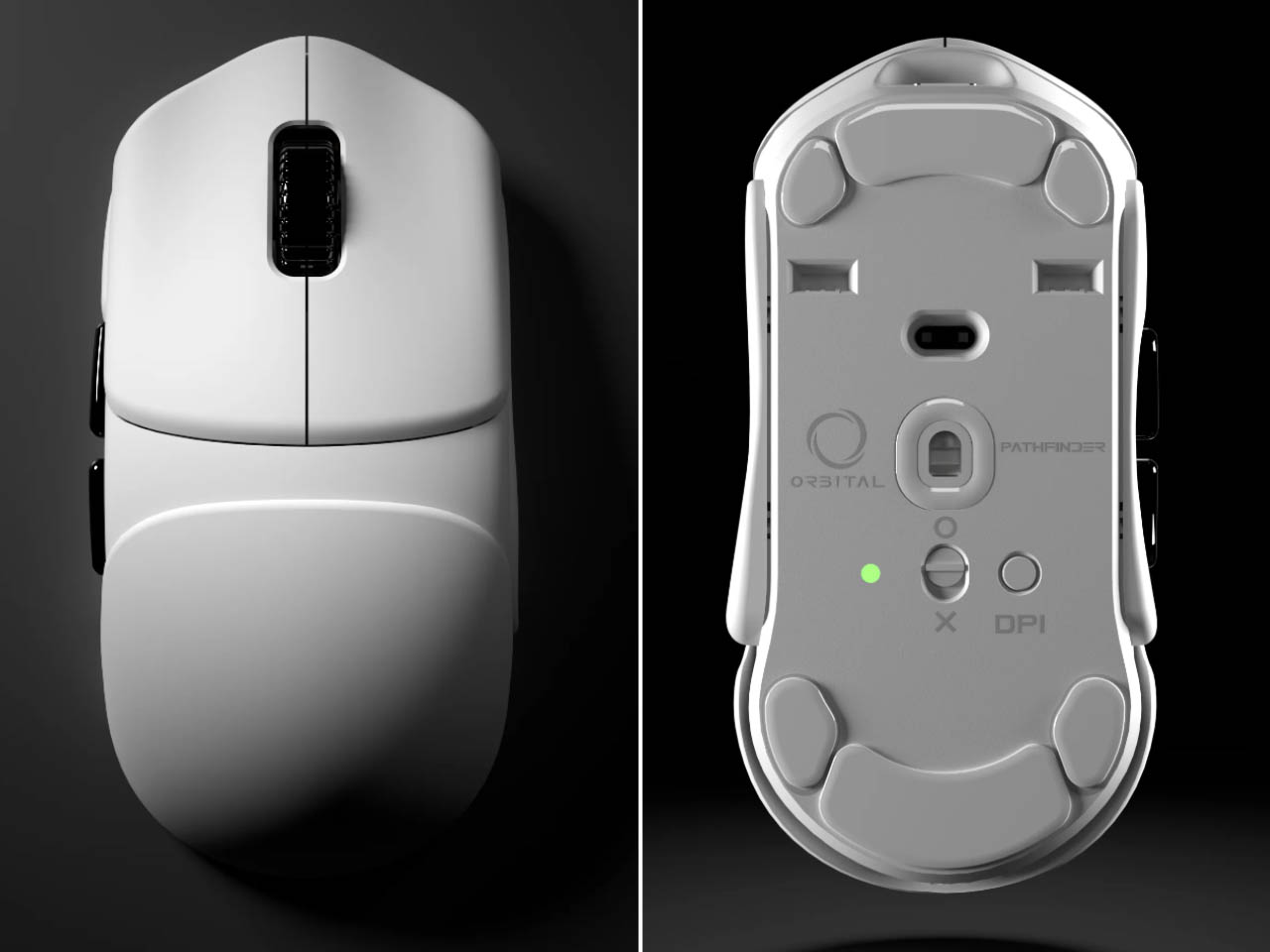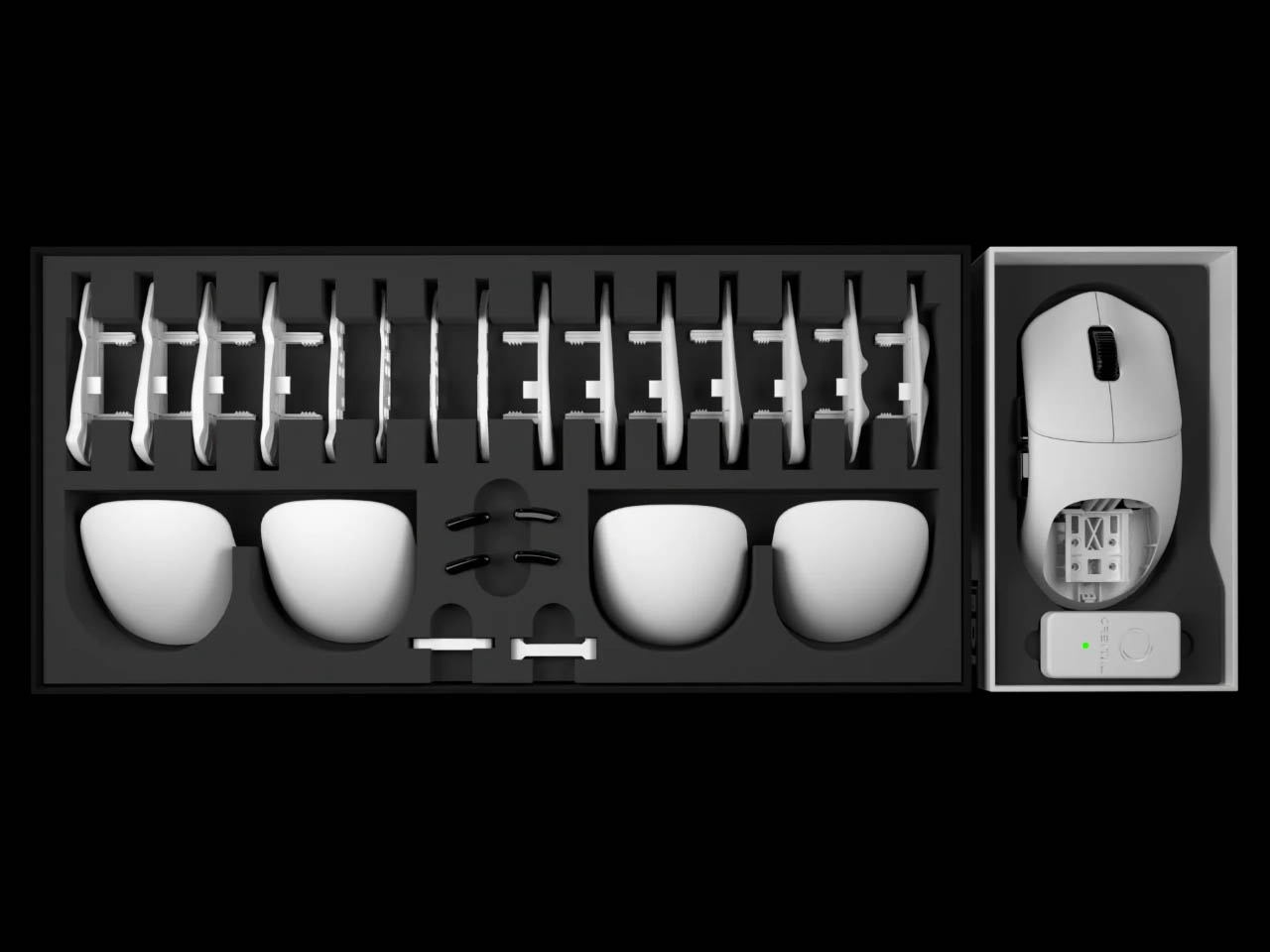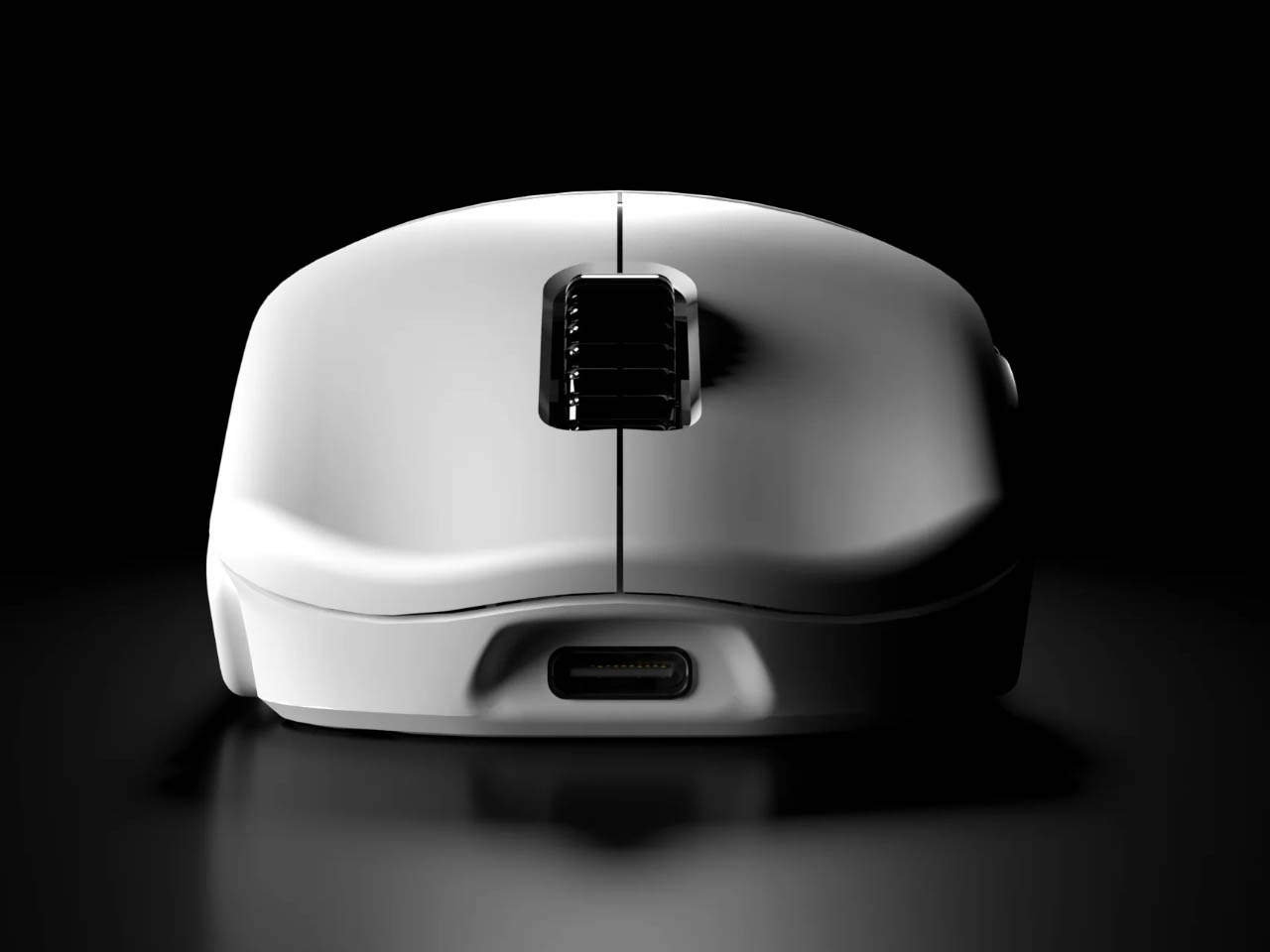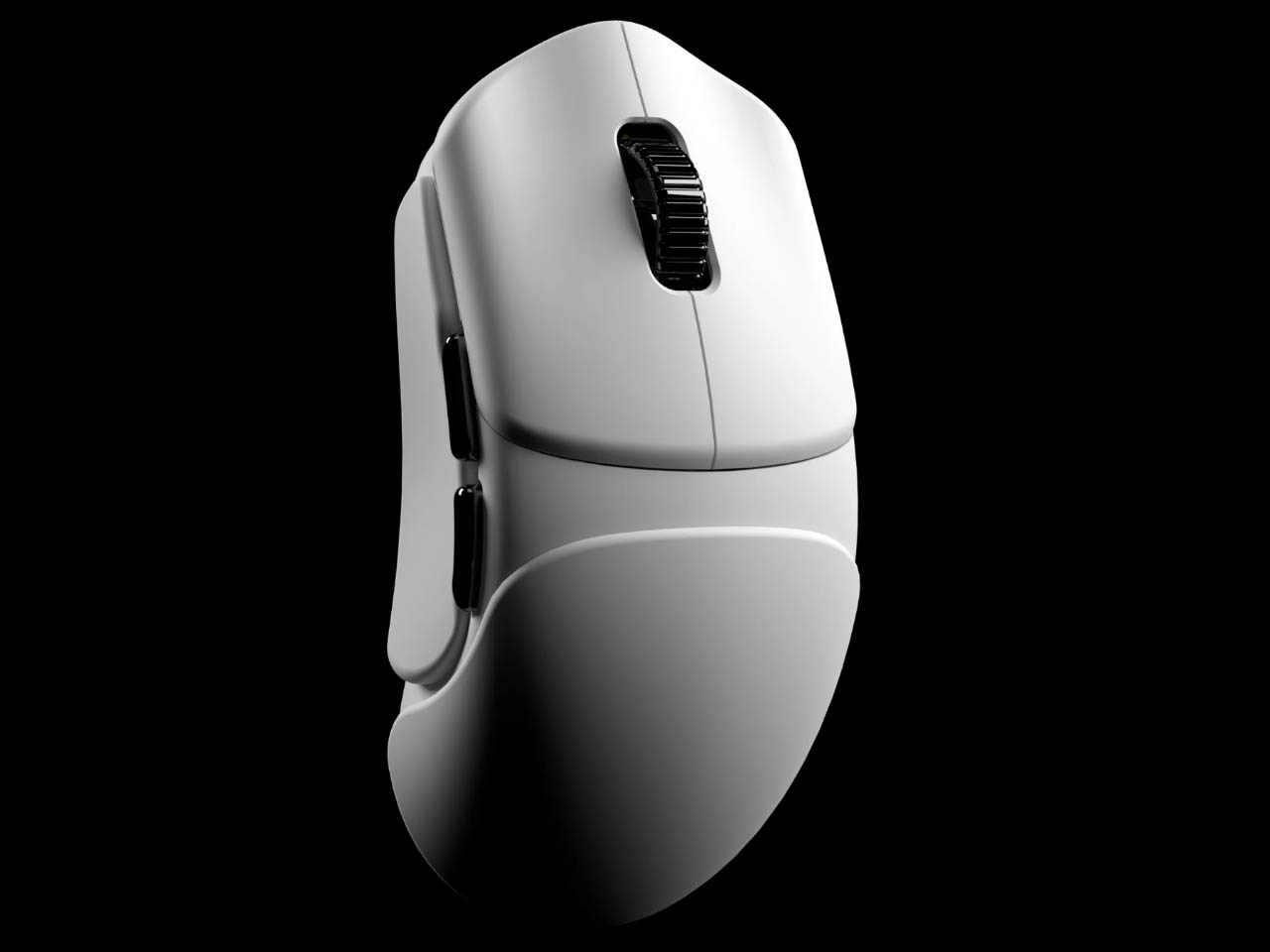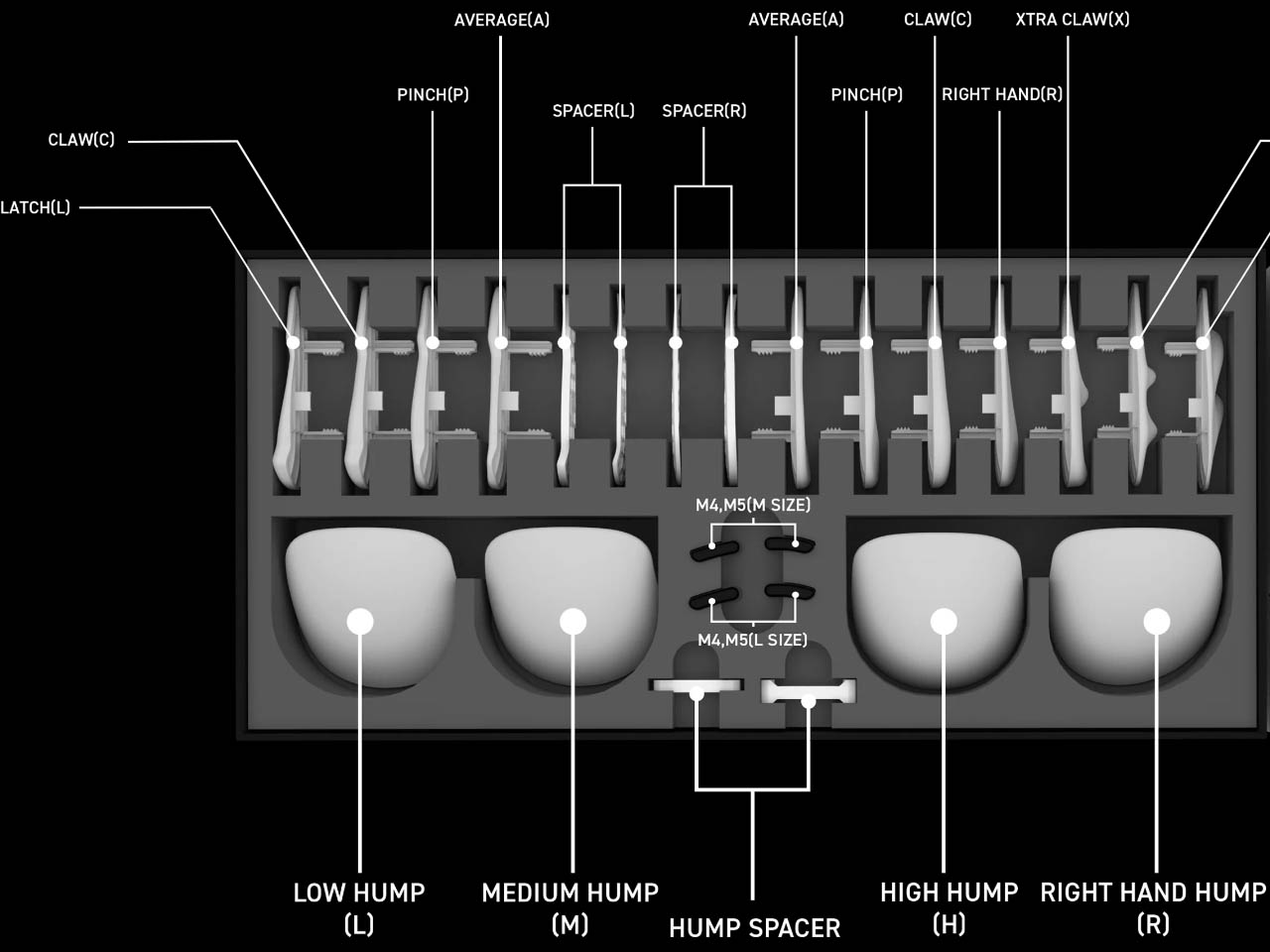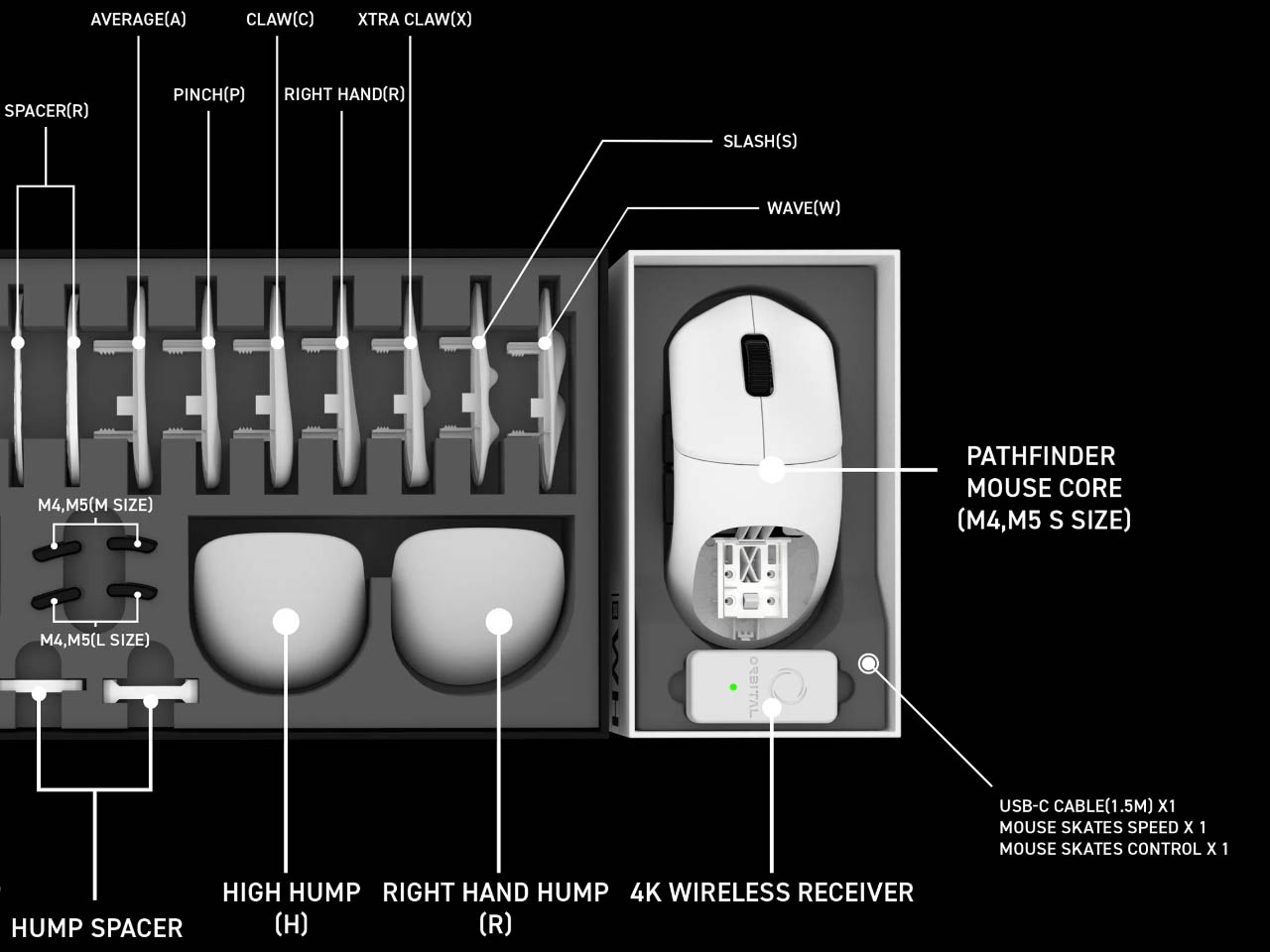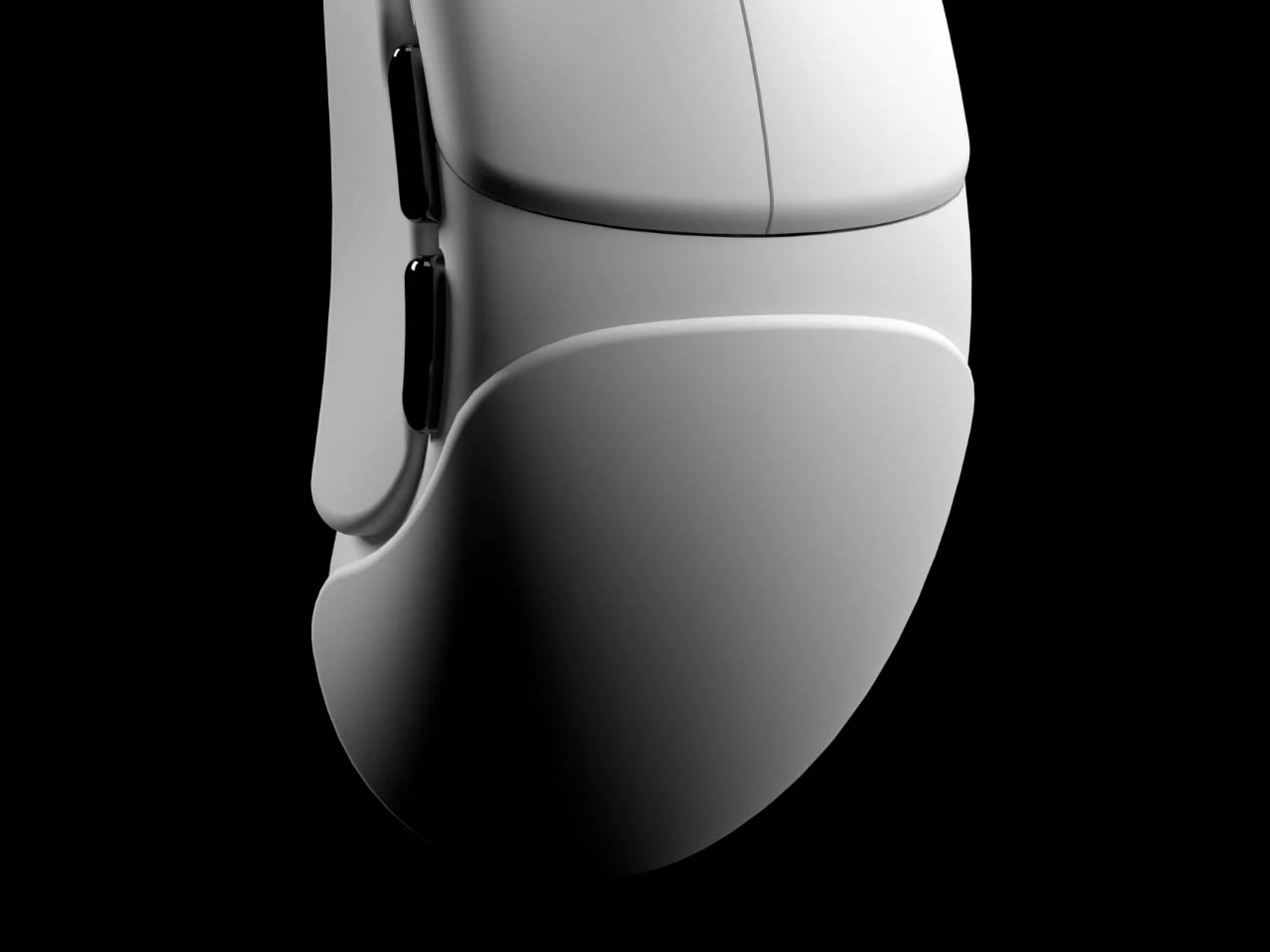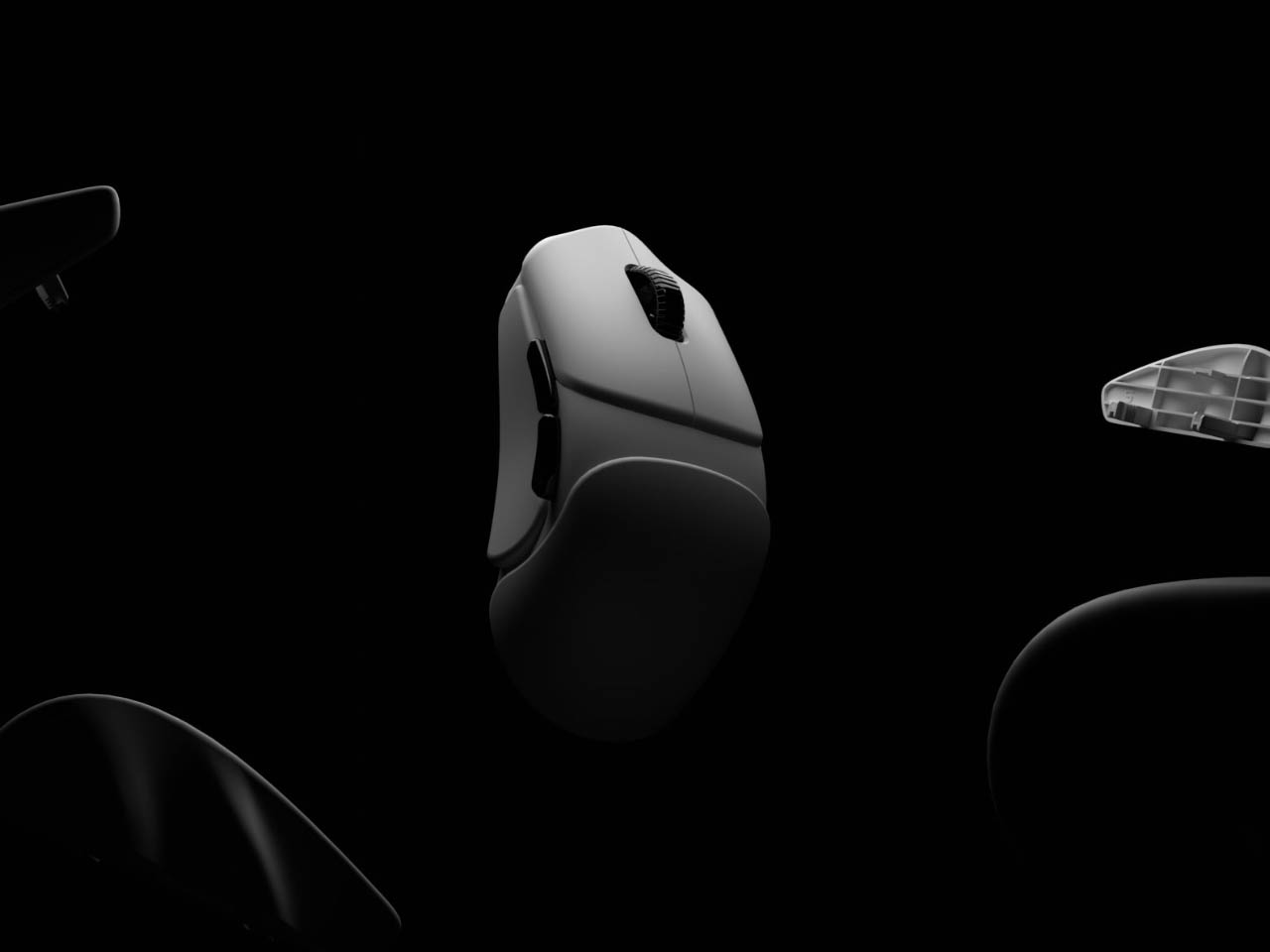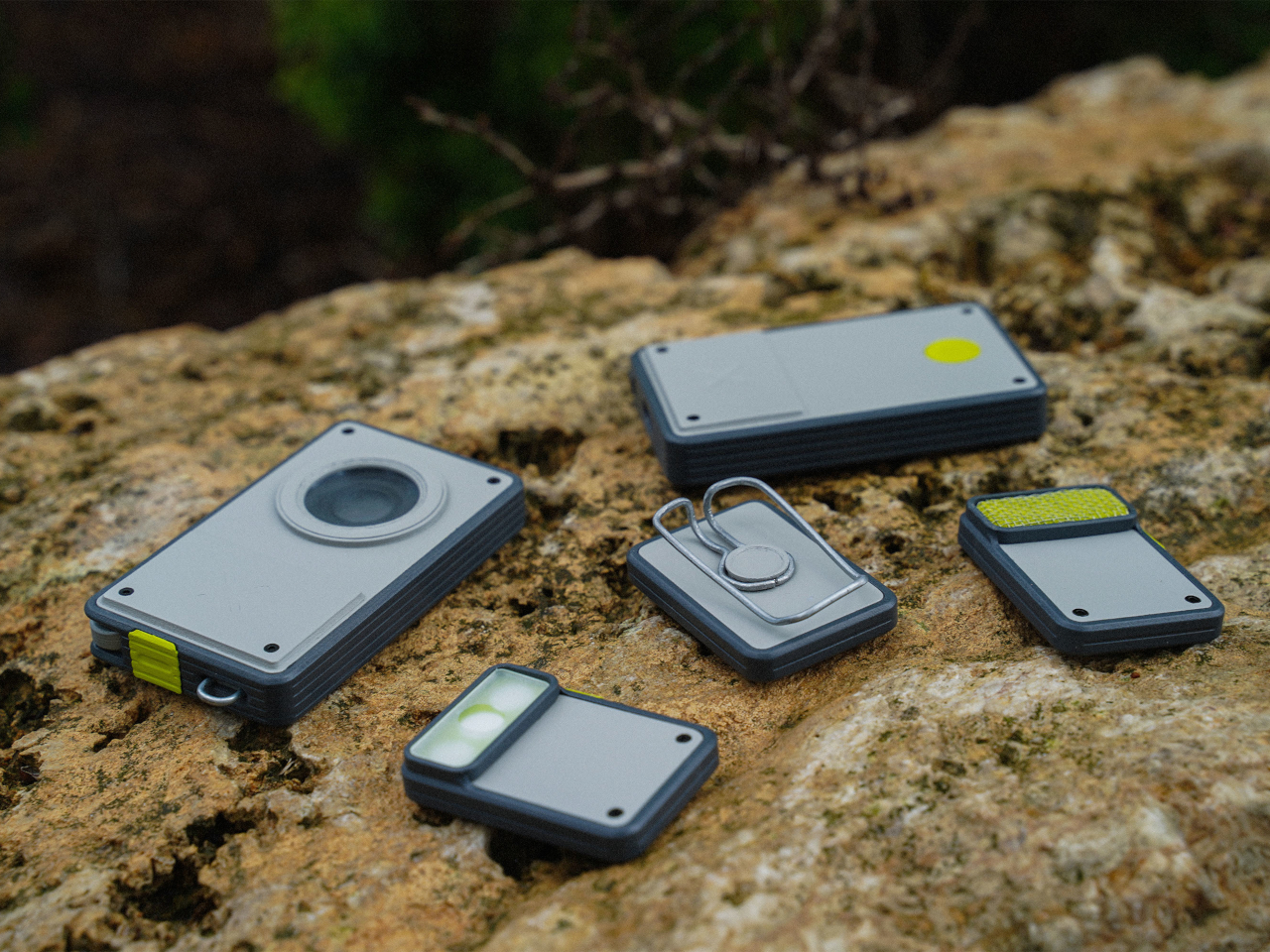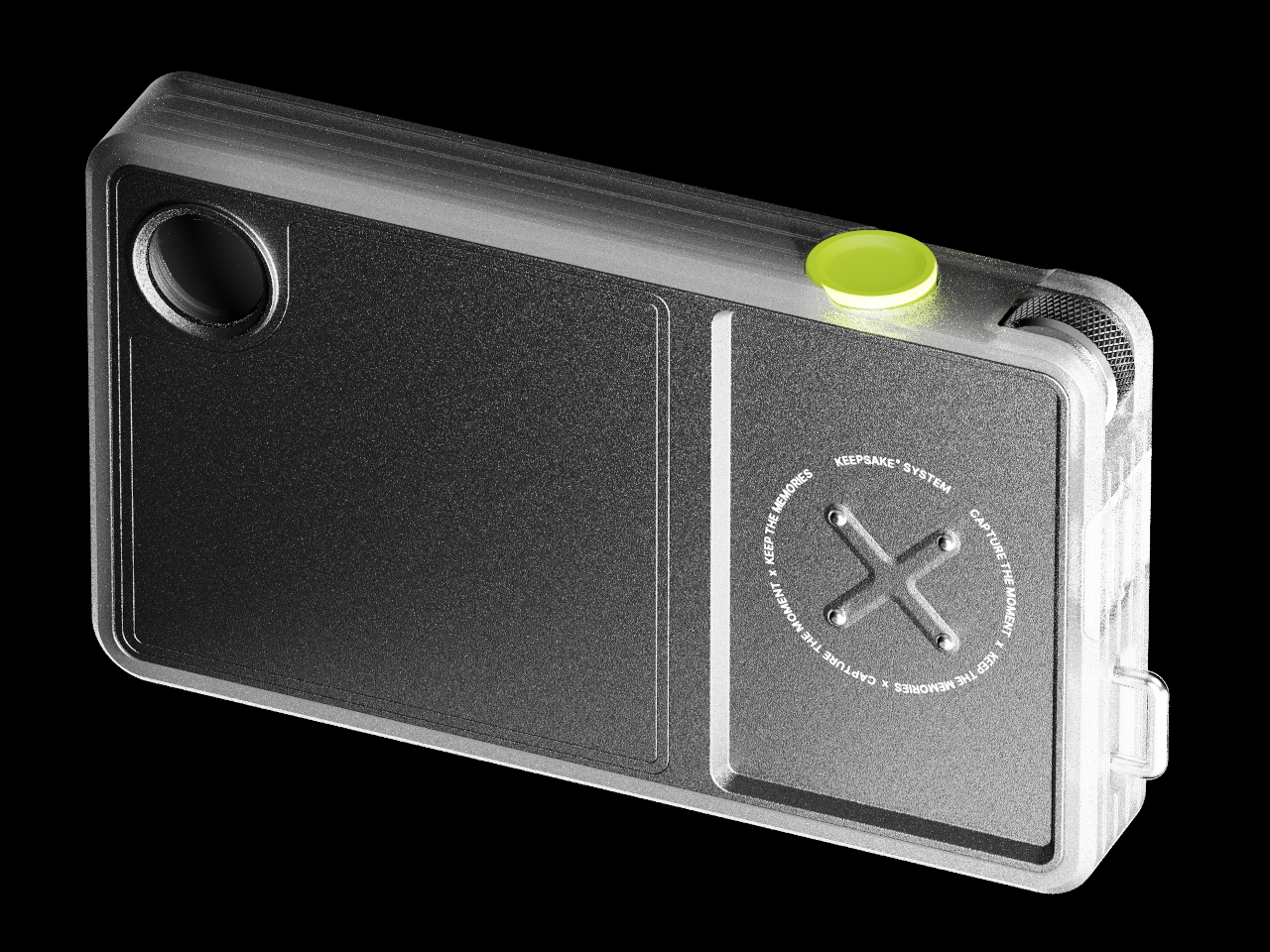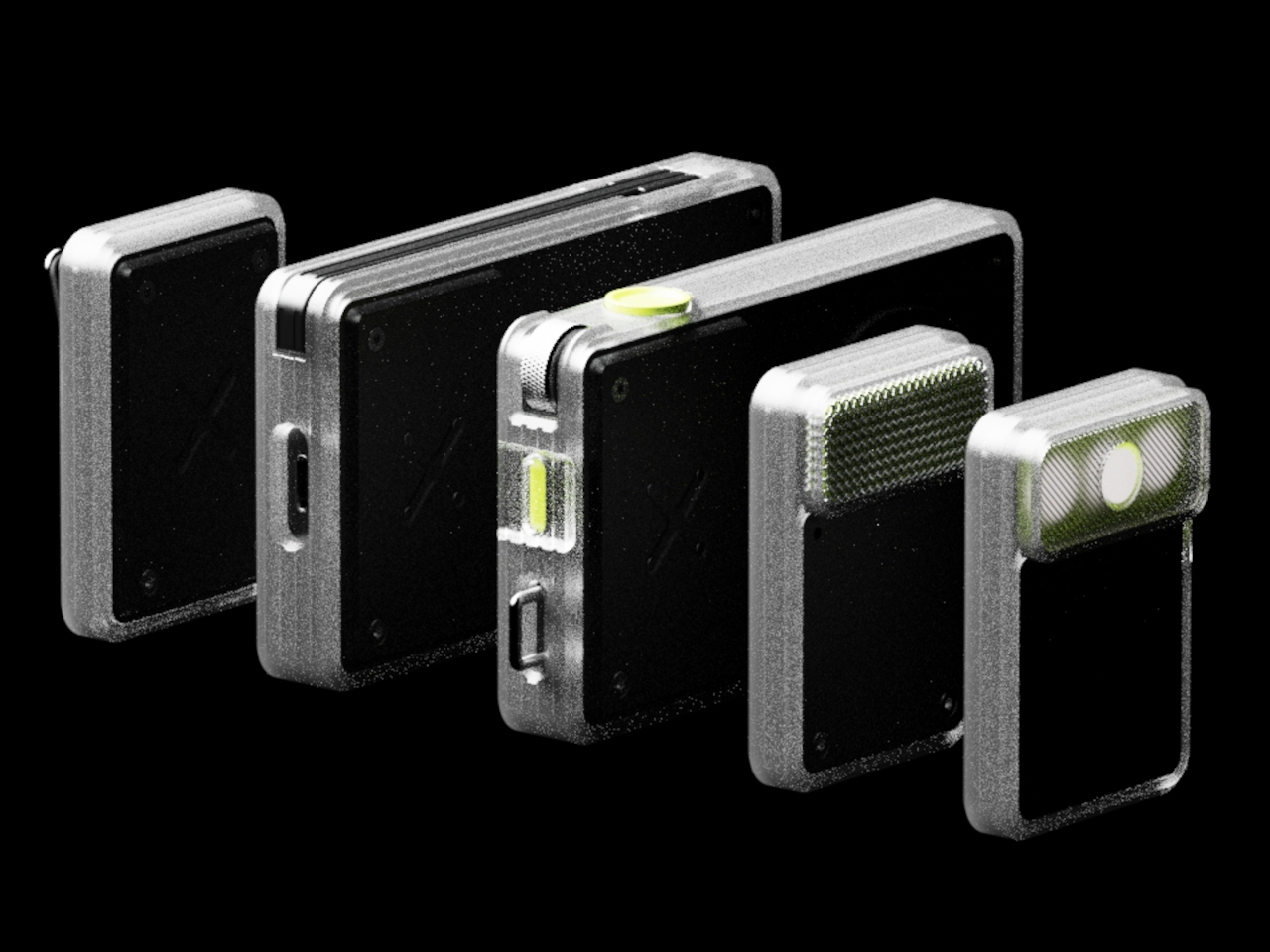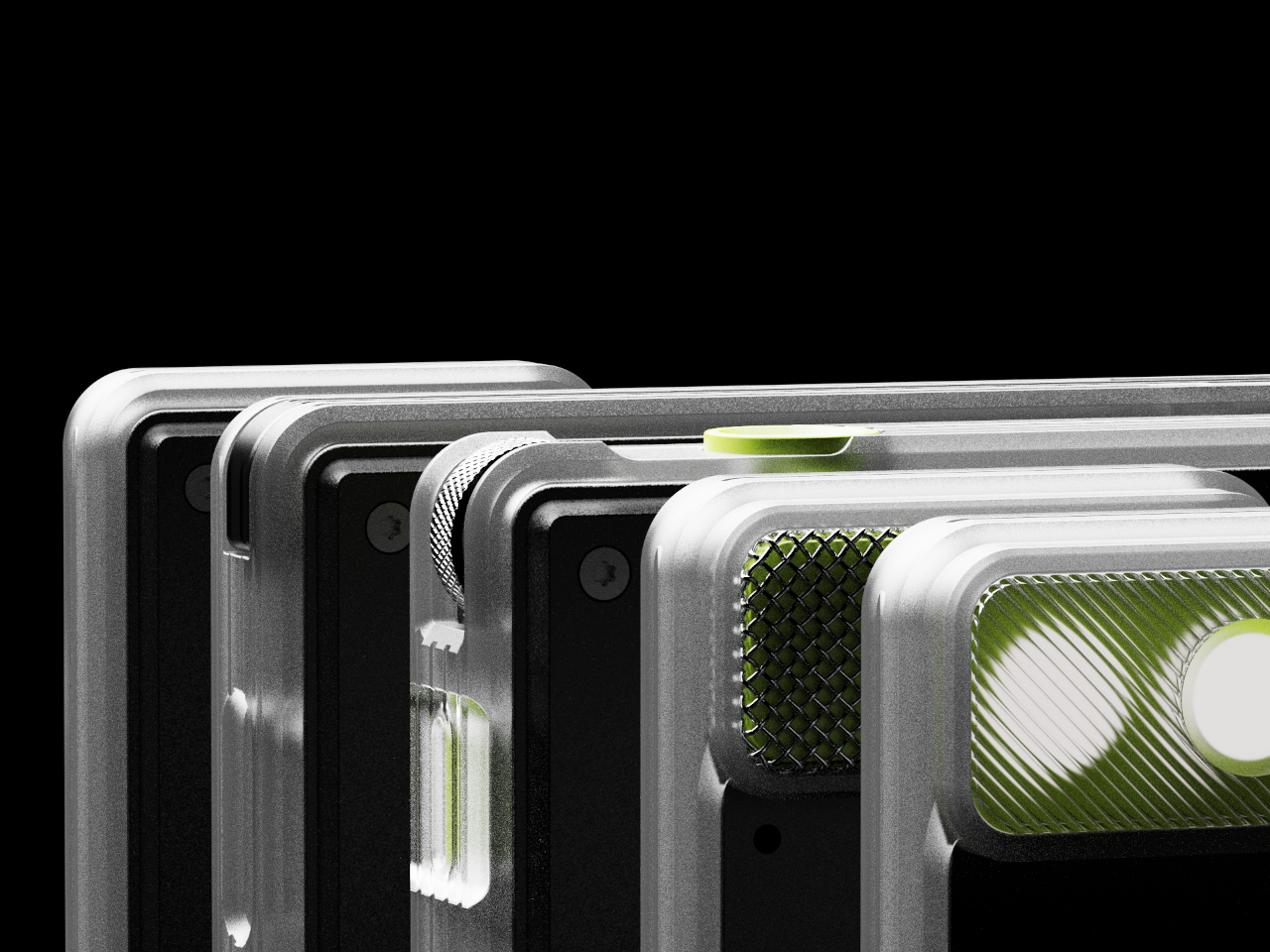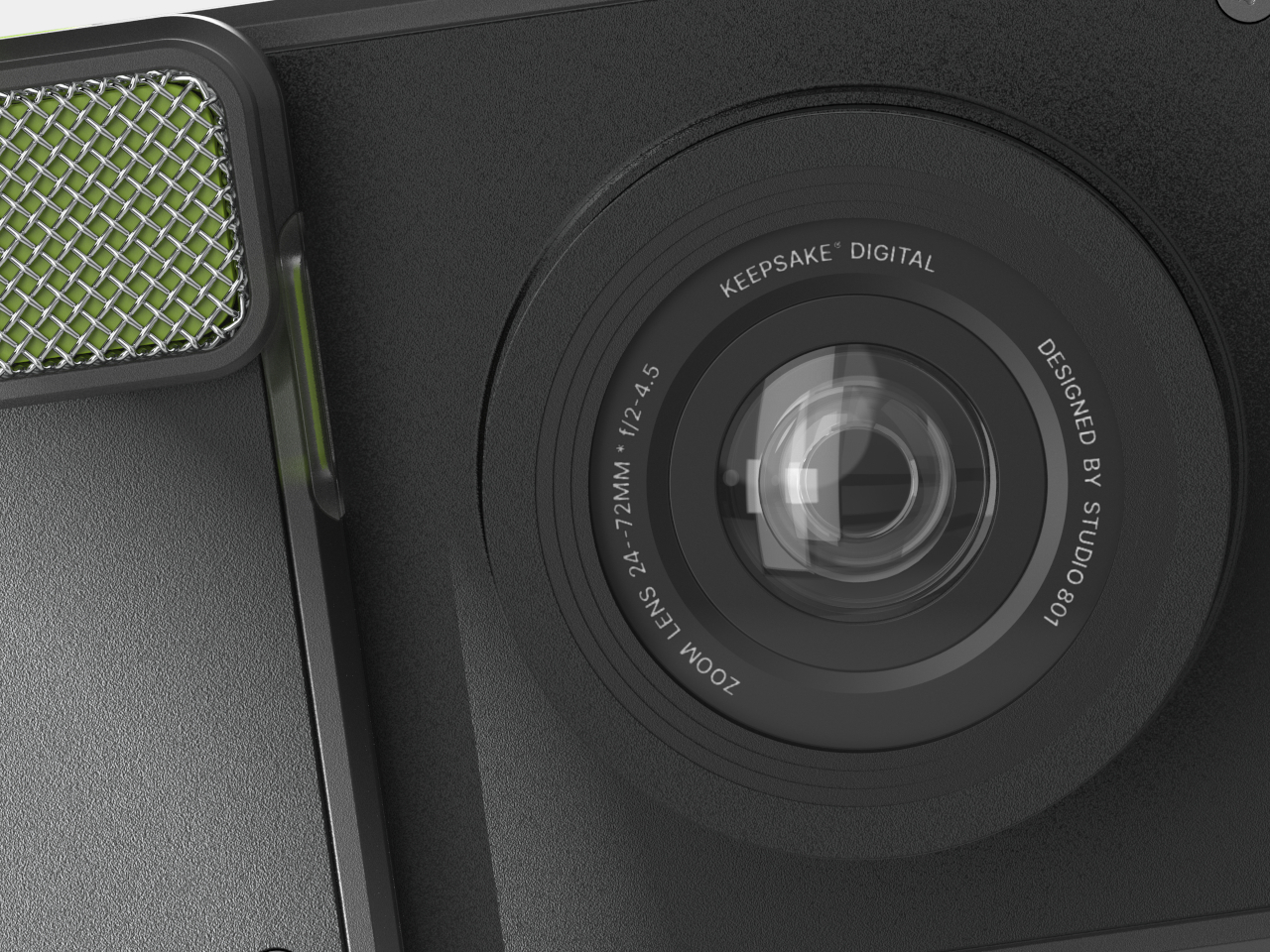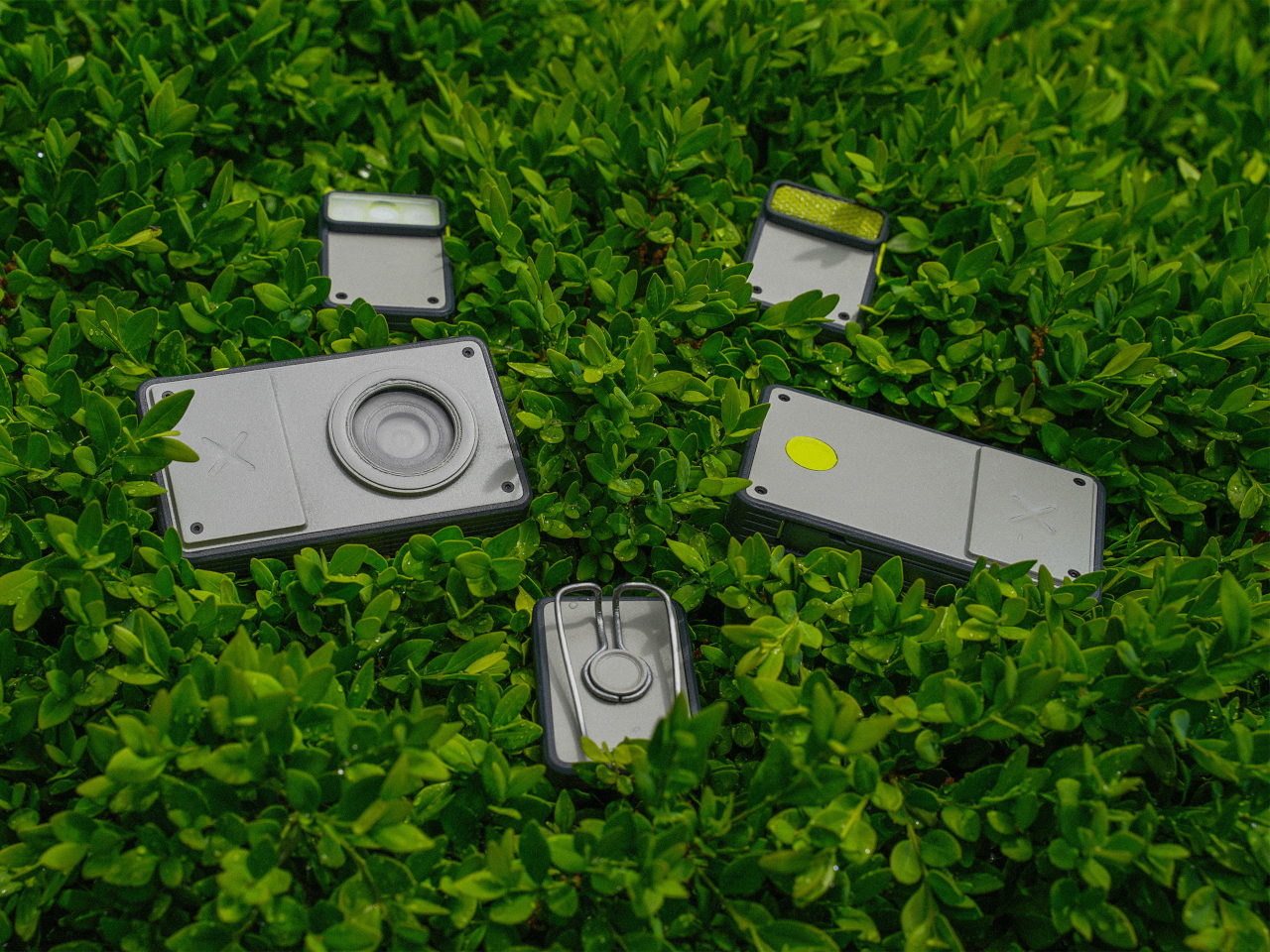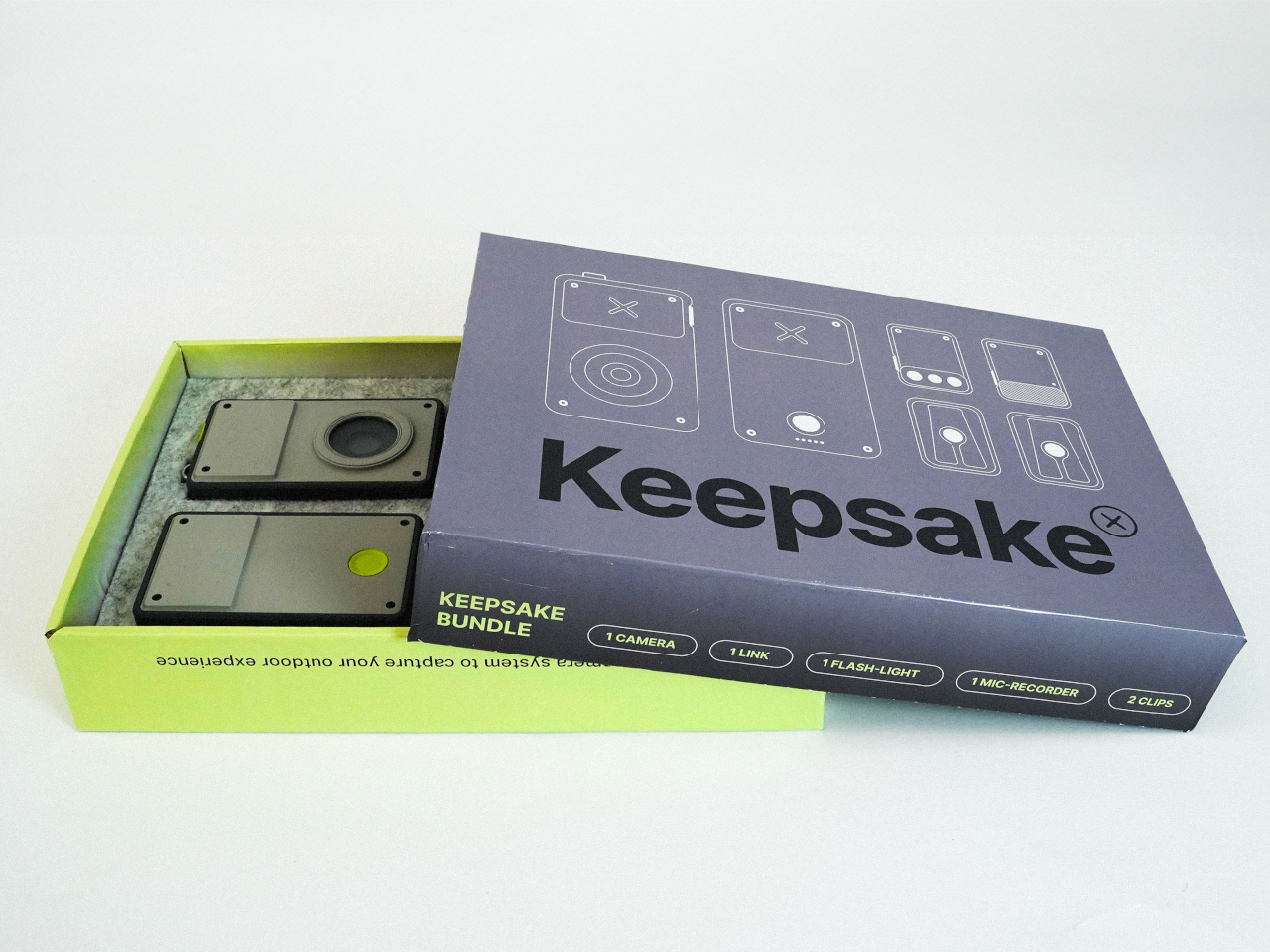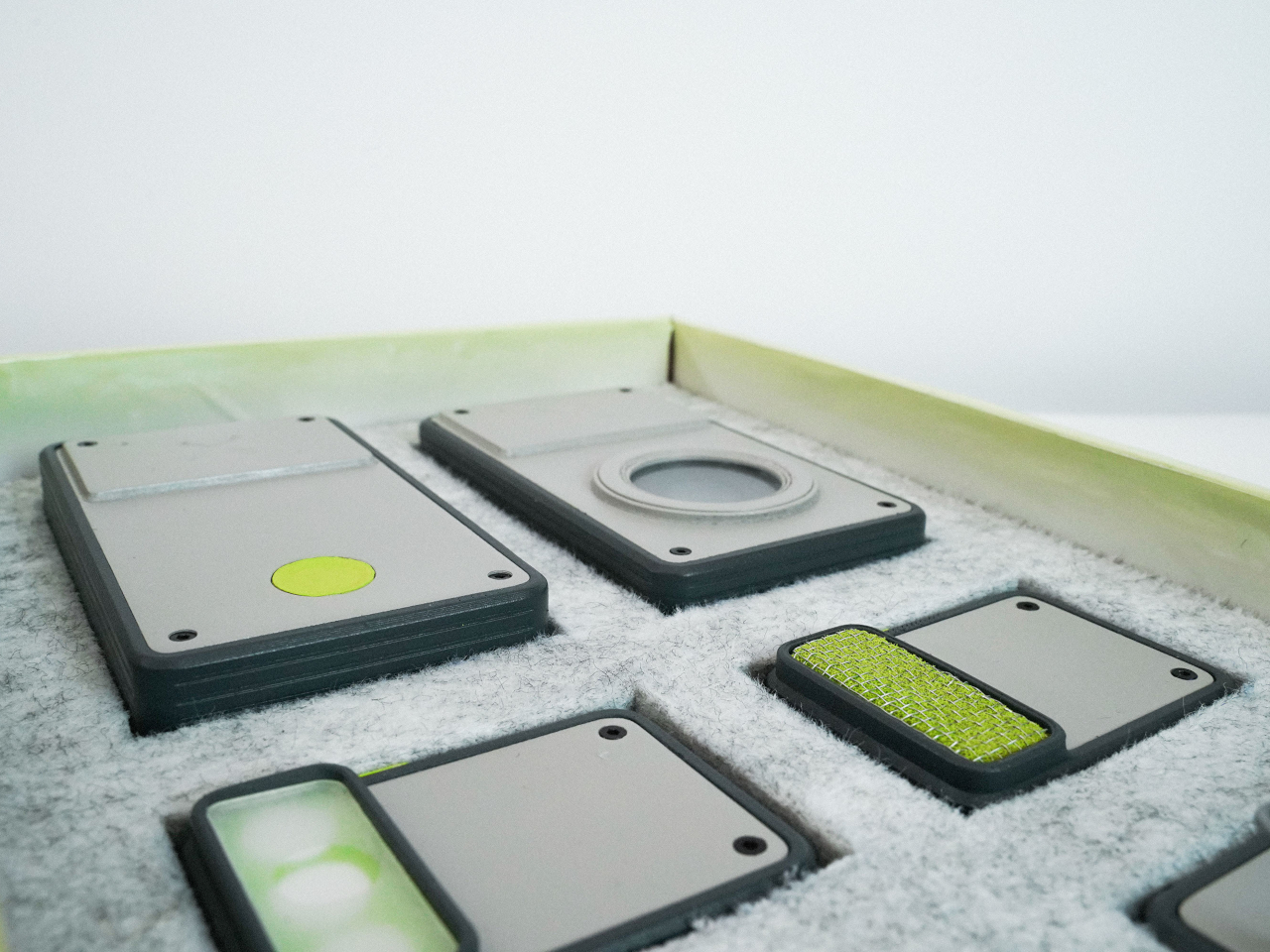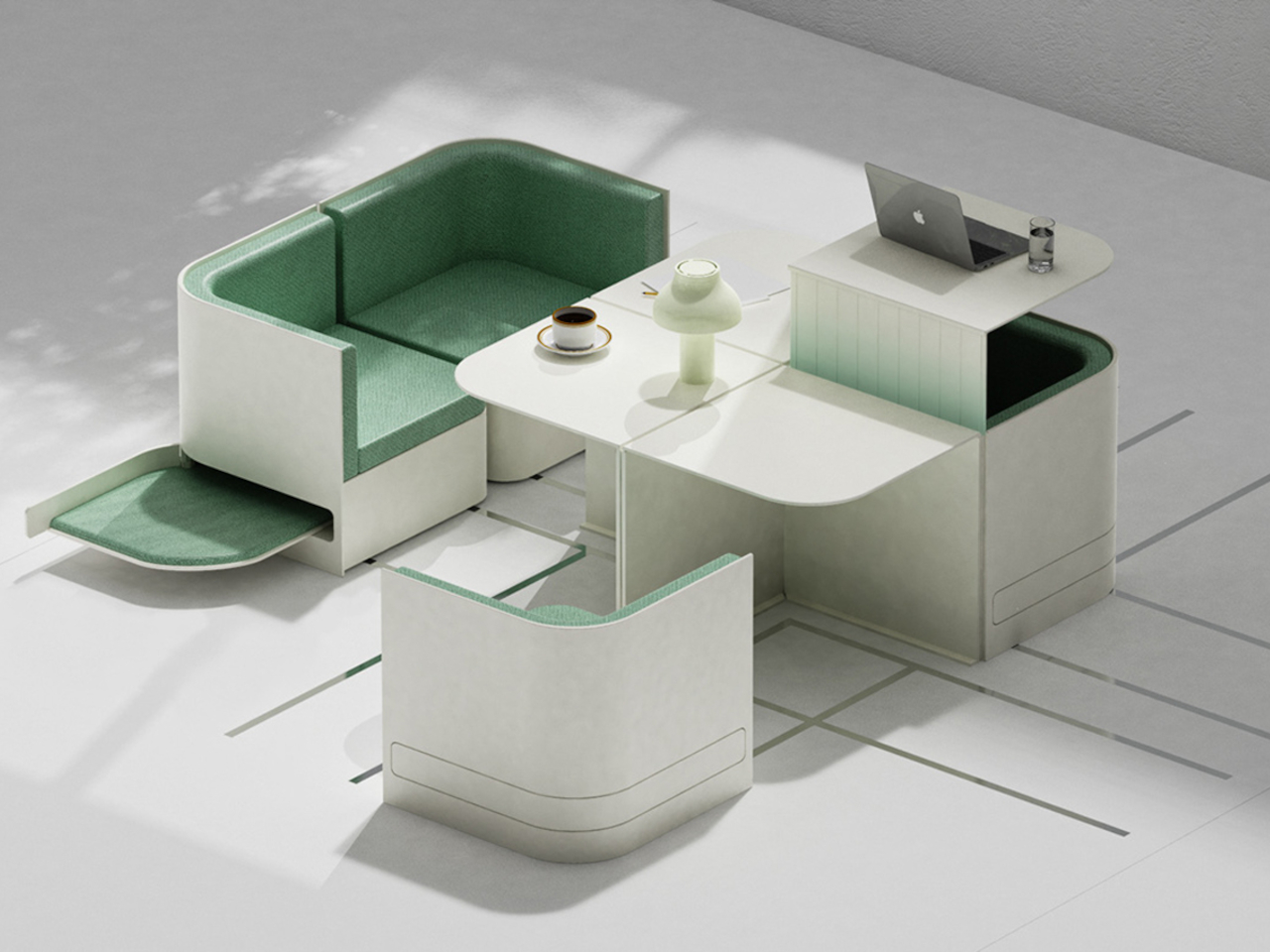
Home and commercial design trends are ever-changing, with modular furniture as the popular choice for the interiors. Its versatility and practicality make it ideal for maximizing space, particularly in compact offices and urban apartments. With flexible and customizable features, modular pieces can be arranged to suit different needs, like providing a guest bed, setting up a home office, incorporating multiple workstations, or organizing storage solutions. Take a look at these modular furniture design trends that are gaining traction in 2024.
Designer: Kyungseon Nam
1. Minimalistic Furniture Design
Minimalism is a prevailing influence in furniture design, often characterized by sleek designs and light wood tones. These pieces feature clean lines and sophisticated aesthetics, contributing to a sense of openness, sleekness, and tranquility within the overall decor.
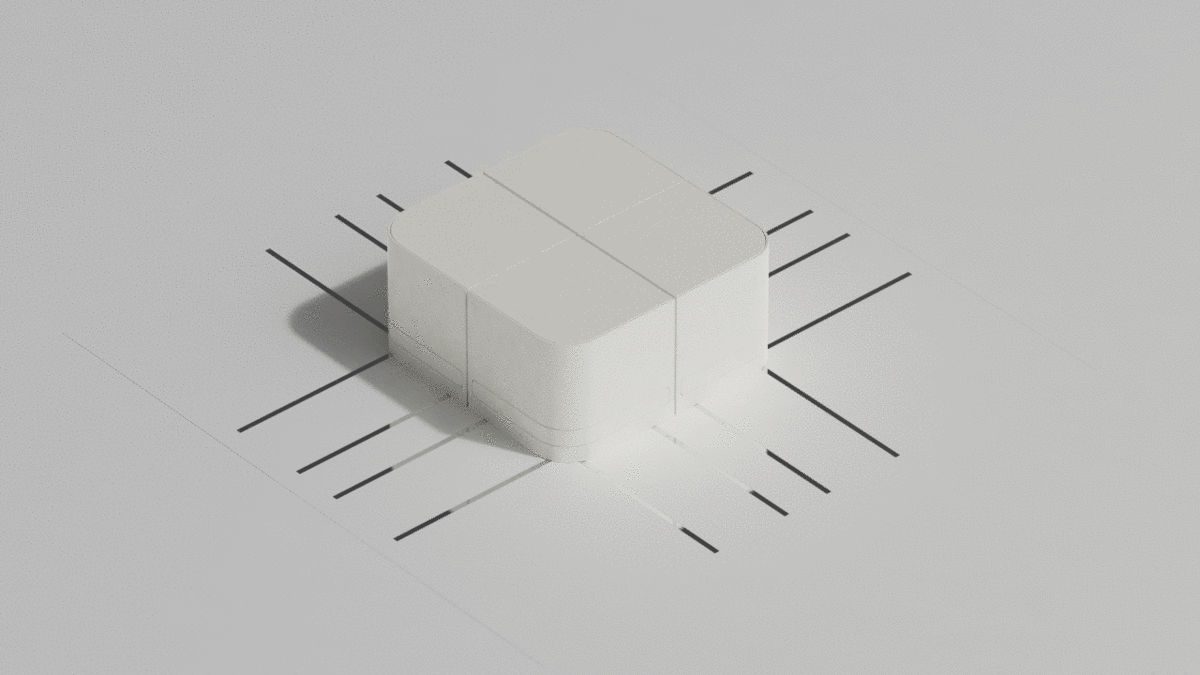
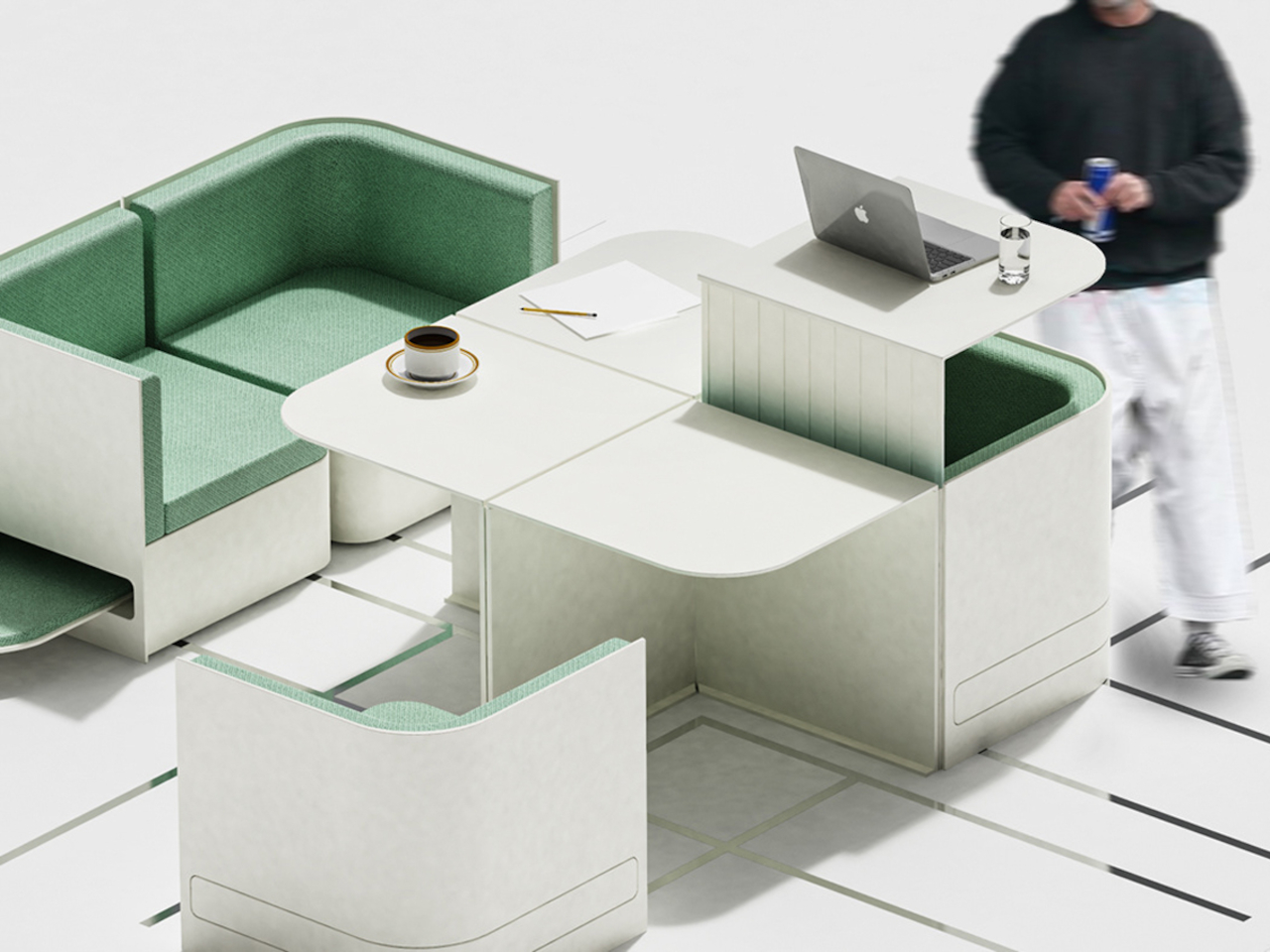
Square to Square is a versatile furniture concept featuring an innovative sliding grid system. Initially serving as a table or ottoman, it seamlessly transforms into a dining table or workspace setup. Each quadrant contains hidden pull-out shelves and integrated cushioned booths, all powered by an internal sliding grid system. With its space-saving design and multifunctional capabilities, Square to Square is the perfect solution for modern living spaces.
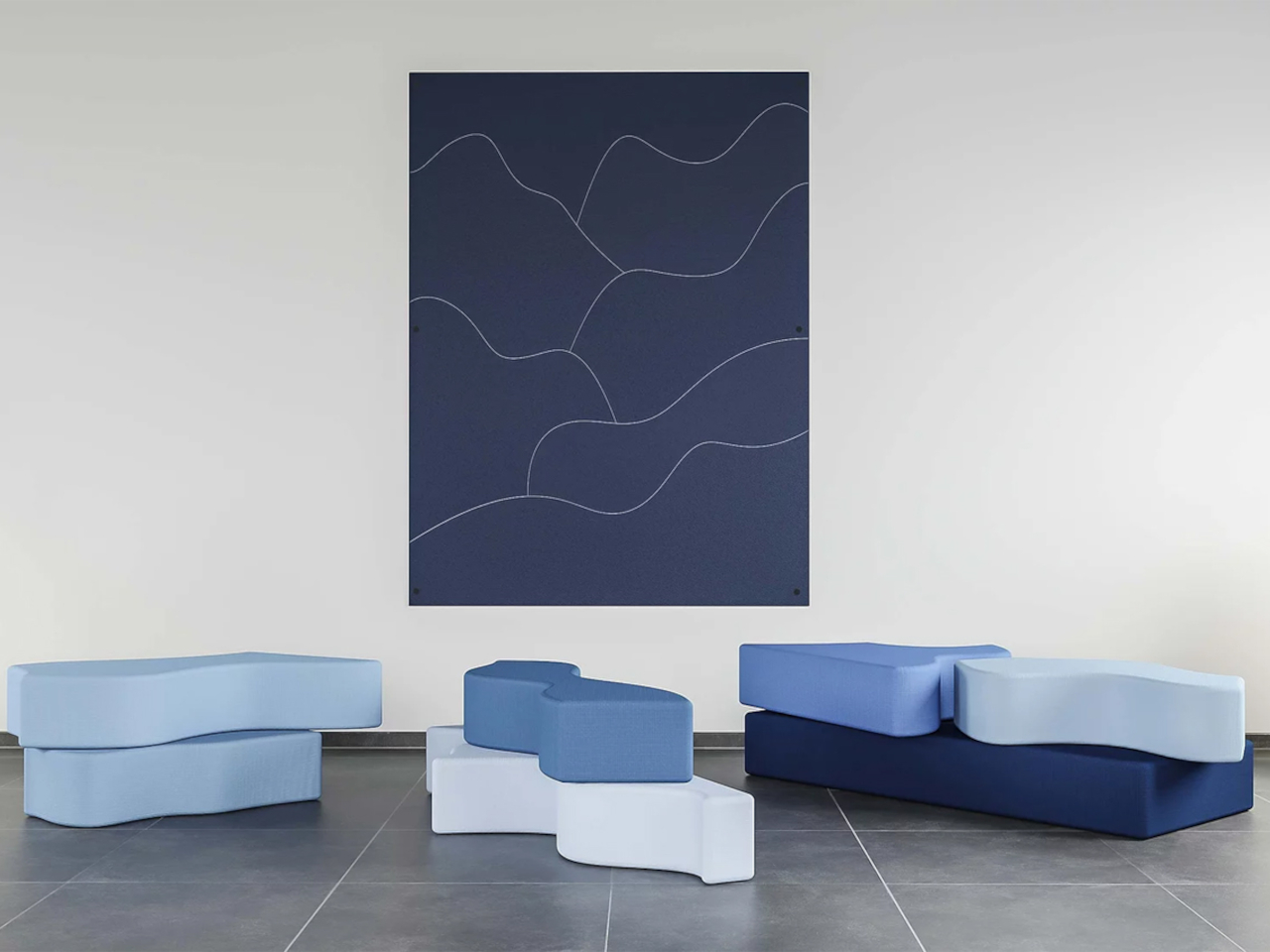

Designer: Mousarris
The Summit Sofa by Mousarris is a dual-purpose modular furniture design that seamlessly combines functionality with minimalist artistry. With integrated magnets, the curved cushions can be rearranged to form different sofa configurations or displayed as wall art on the magnetic board. This innovative piece offers endless versatility for tiny living spaces without compromising on style.
2. Use of Sustainable Materials
Modular furniture follows sustainable practices and utilizes materials like oak and bamboo for easy replacement in case of damage. Other sustainable materials include FSC-certified wood, recycled plastic, and low-emission finishes, meeting the growing demand for modular furniture while maintaining ethical sourcing practices.

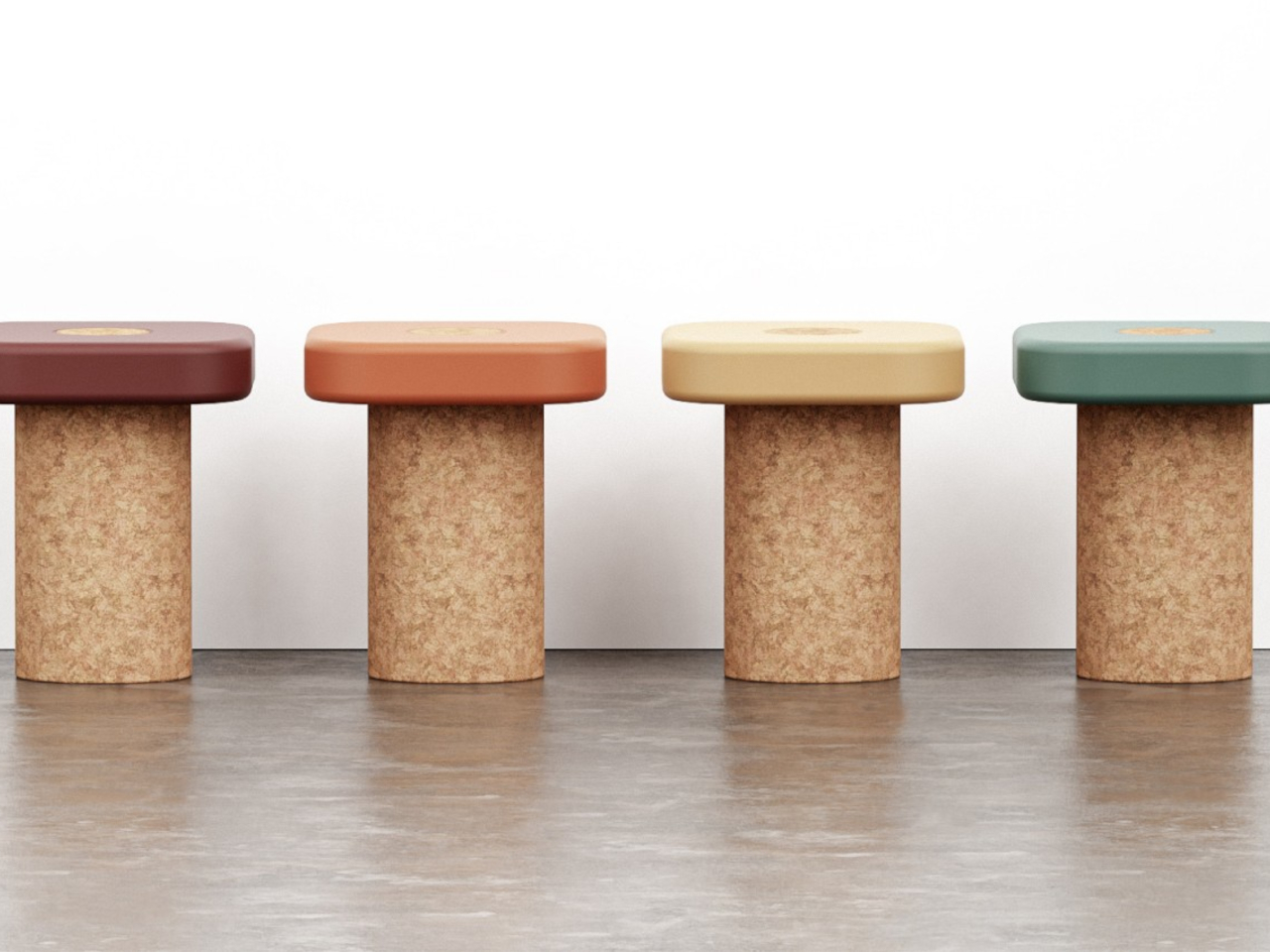
Designers: Erika Avery, Stu Cole
The modular cork stool concept offers a sustainable solution by converting two stools into a single bench, reducing waste. Made from sturdy cork, it features a simple design with removable seats, allowing for easy maintenance and customization. With versatile seating options and minimal environmental impact, it’s an innovative solution for adaptable seating needs.
3. Multifunctional Design
With the diminishing square footage of urban residences, today’s modular furniture emerges as a versatile solution, effortlessly transitioning between various functions to maximize space efficiency in compact homes.
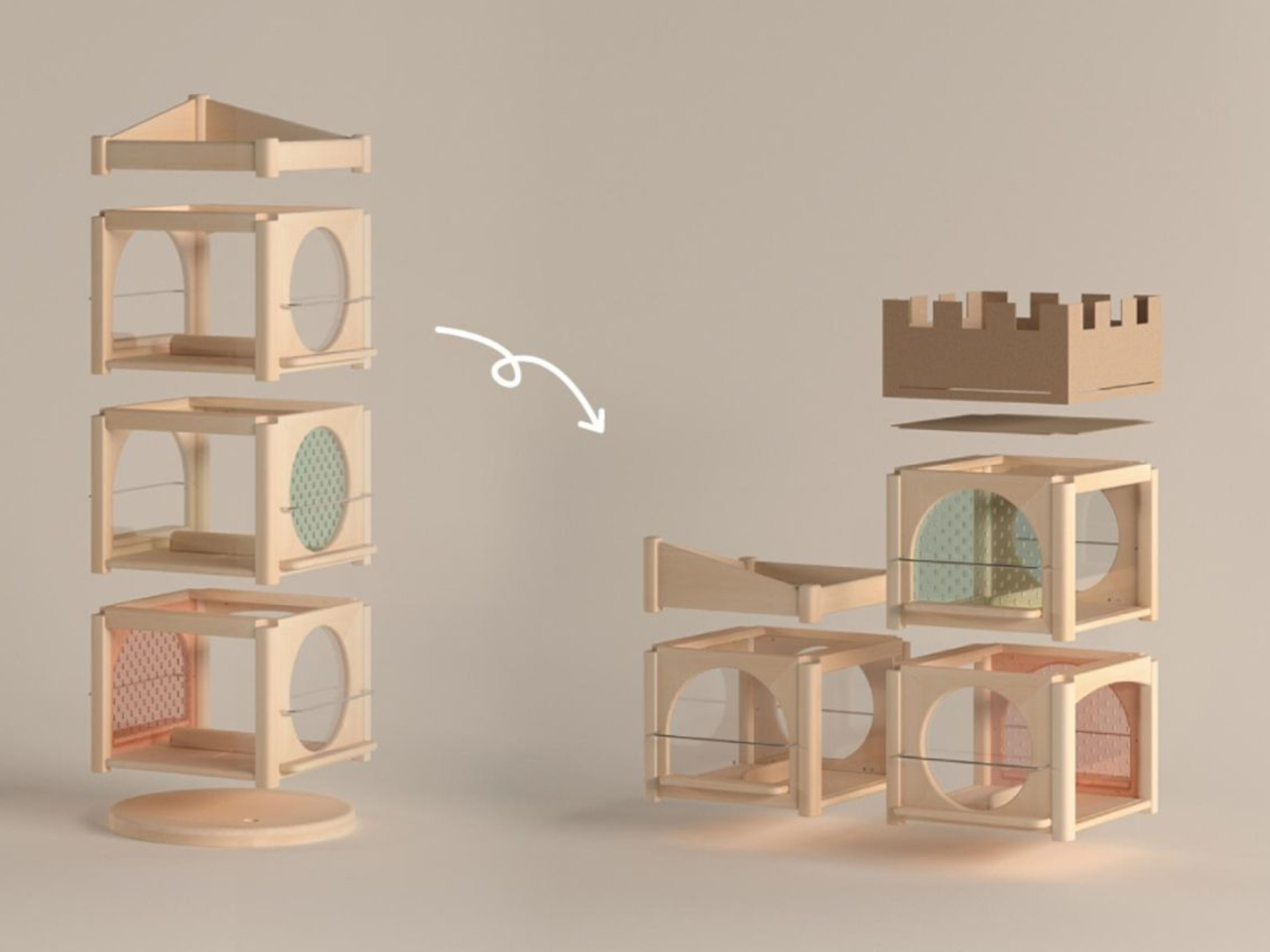
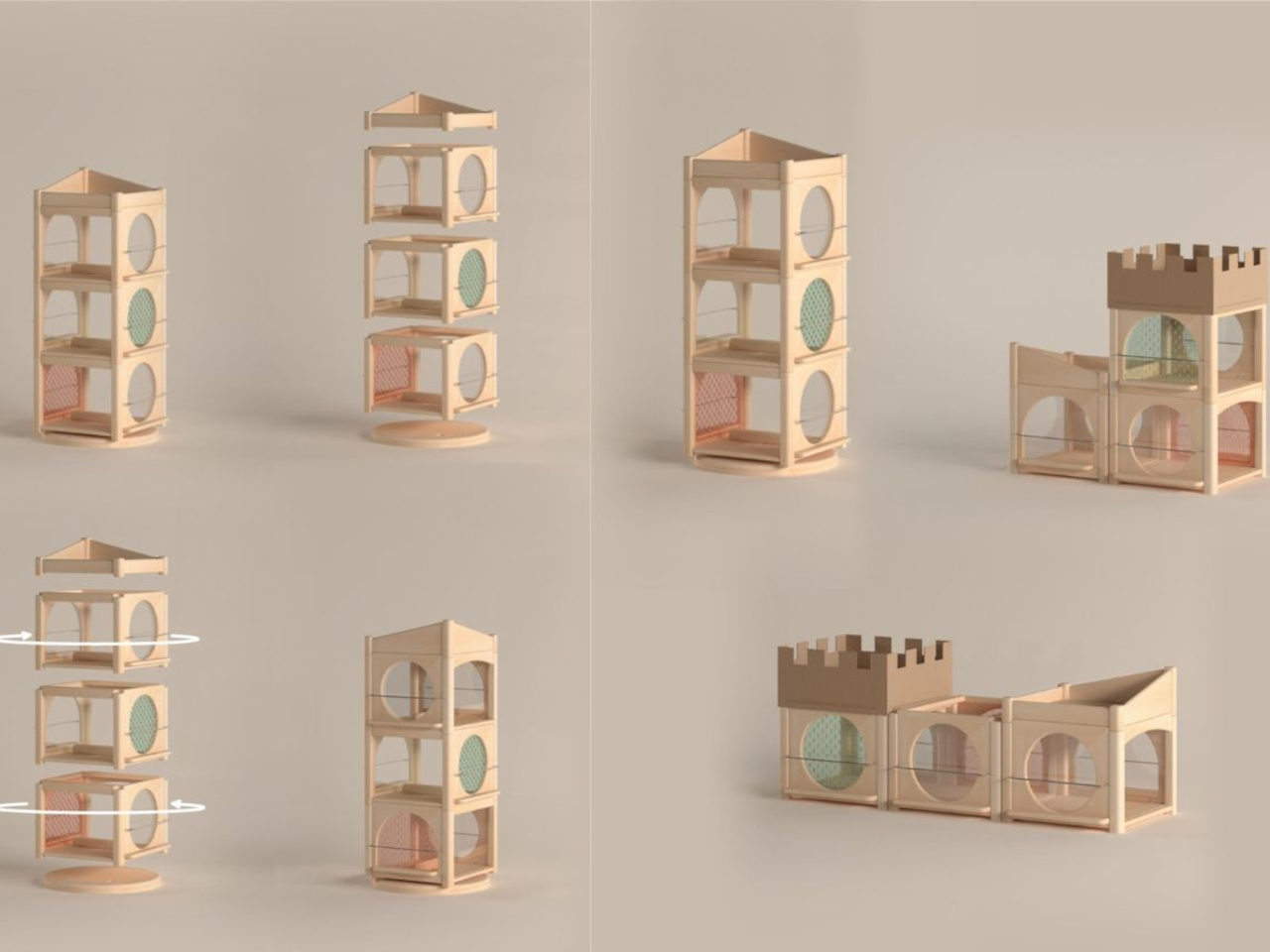
Designer: Waiting Woood (China)
The rotating picture book rack for 1200 books is a versatile modular bookshelf designed to ignite your child’s imagination while providing practical storage solutions. With adjustable height options and innovative shape designs, this furniture piece grows with your child, promoting safety and adaptability. Crafted from sustainable materials and featuring plug-in acrylic panels, it not only reduces environmental impact but also enhances color perception and light interaction. Compatible with expansion accessories, it offers customization and personalization, making it an ideal addition to any child’s space offering exploration, and endless adventures in imagination.
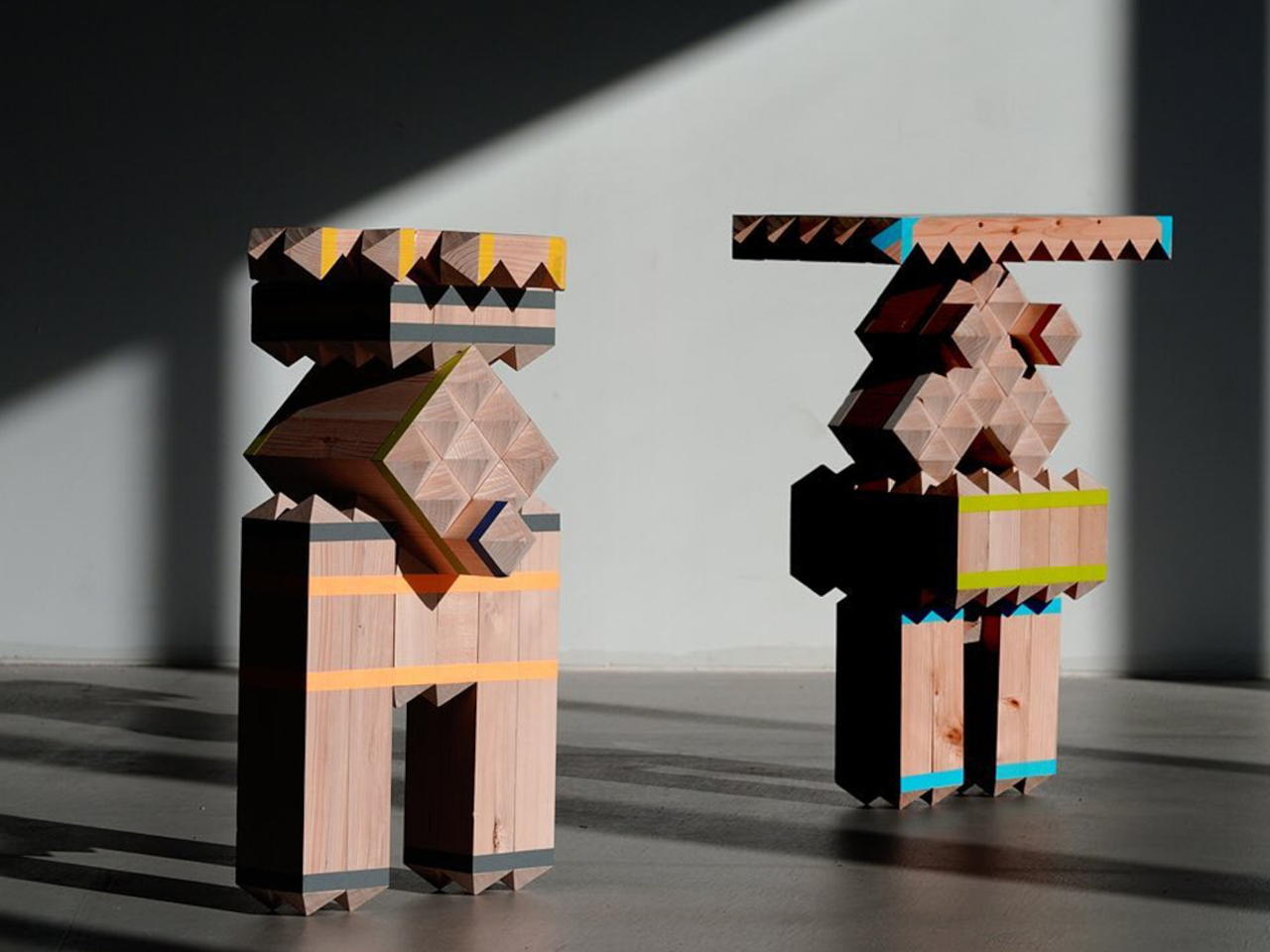
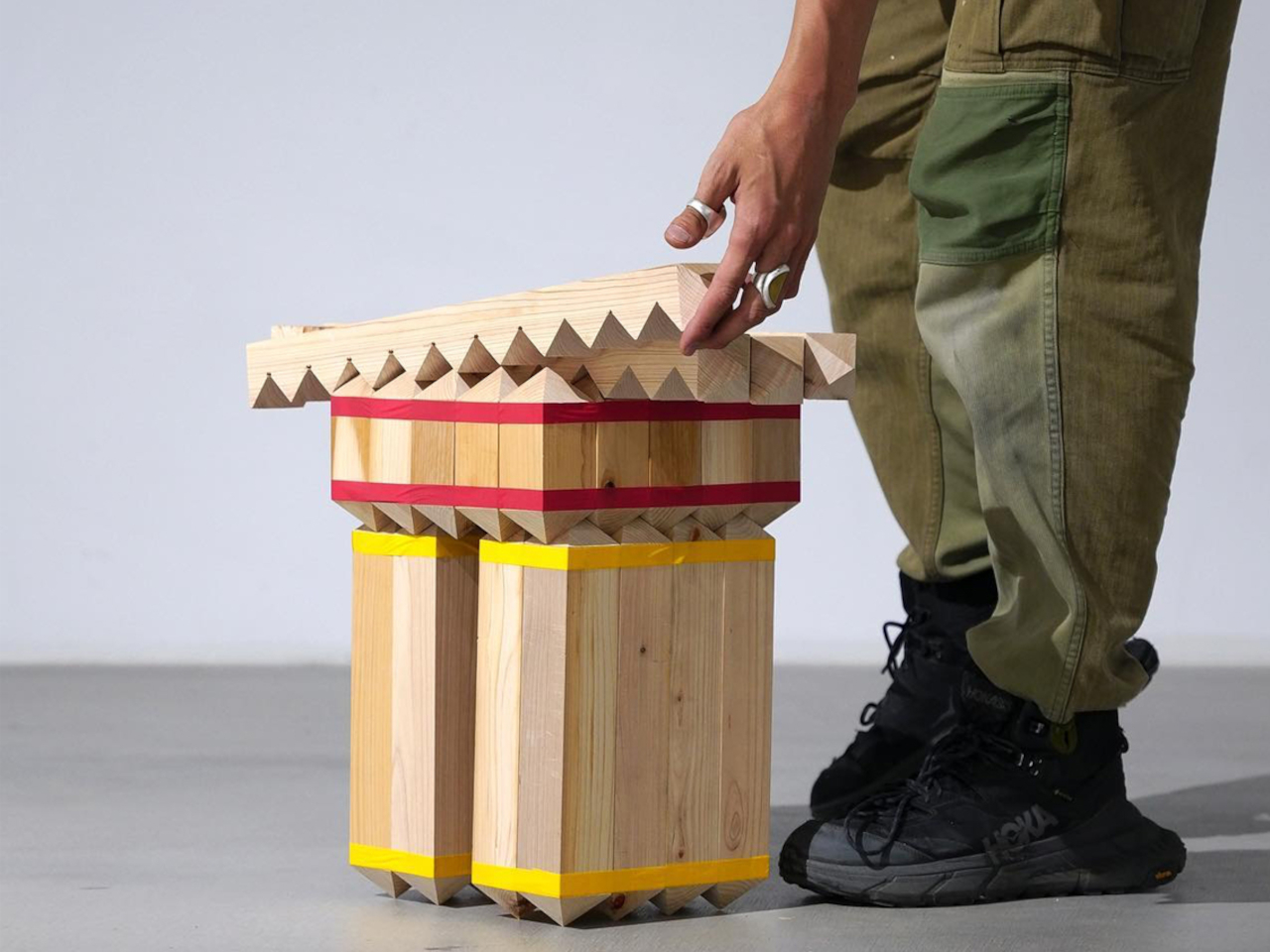
Designer: Takuto Ohta
Deku is a modular furniture system by Takuto Ohta, featuring wooden planks with pyramid-shaped edges that interlock at 45-degree angles. Inspired by Japanese riverbank stone piles, Deku offers versatile configurations, from tabletops to benches, with colorful masking tape adding a playful touch. Ohta’s intuitive design process prioritizes human instinct, resulting in furniture that emerges naturally from the interaction with materials, tapping into our primal desire for play and exploration.
4. Available with Flexible Options
They offer flexible options that let users arrange and dismantle them to suit individual needs. For instance, a storage ottoman can serve multiple purposes, a Murphy bed folds down from the wall, a flexible sofa can be configured in various ways, and modular shelving can expand or contract.
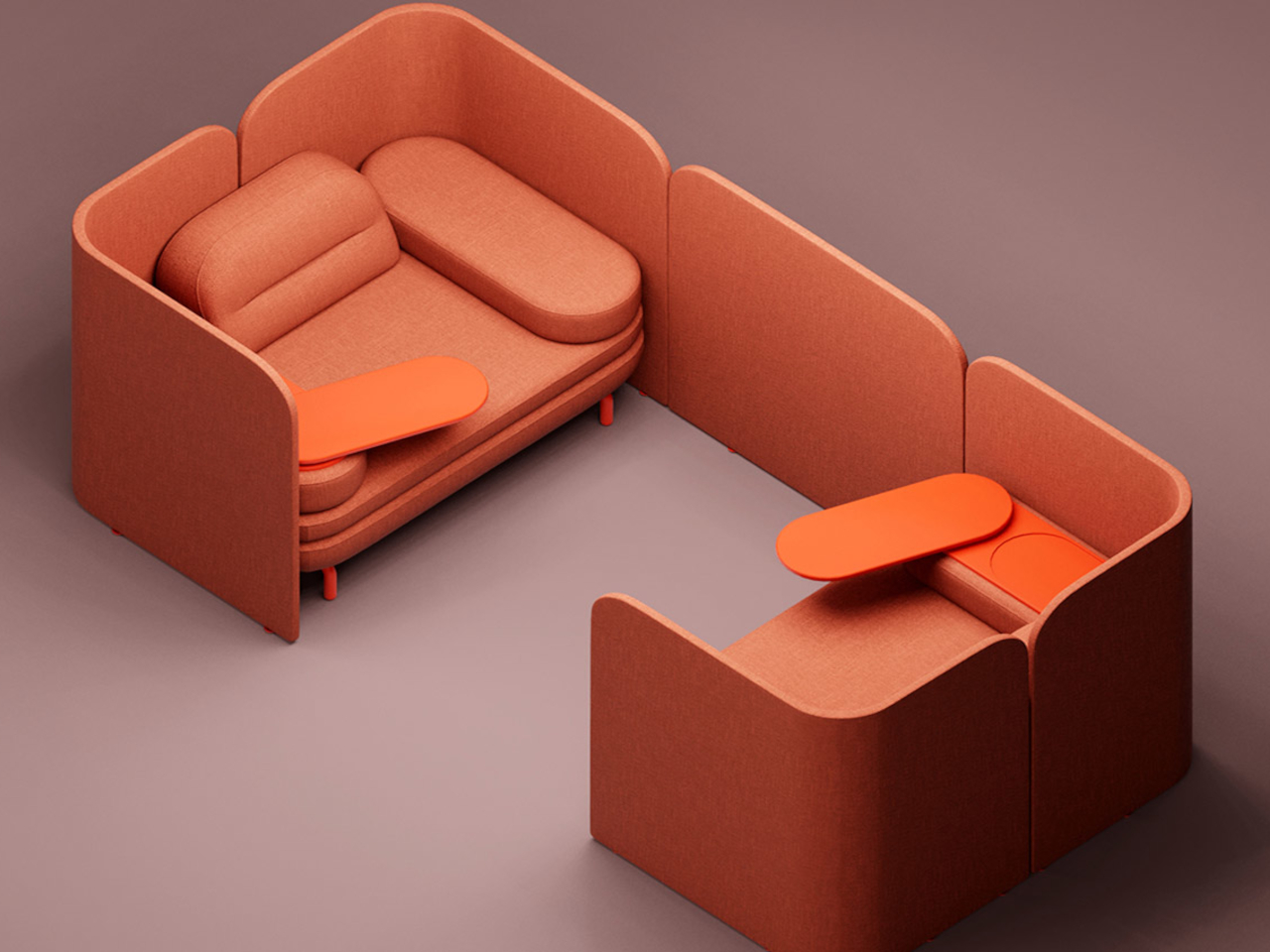
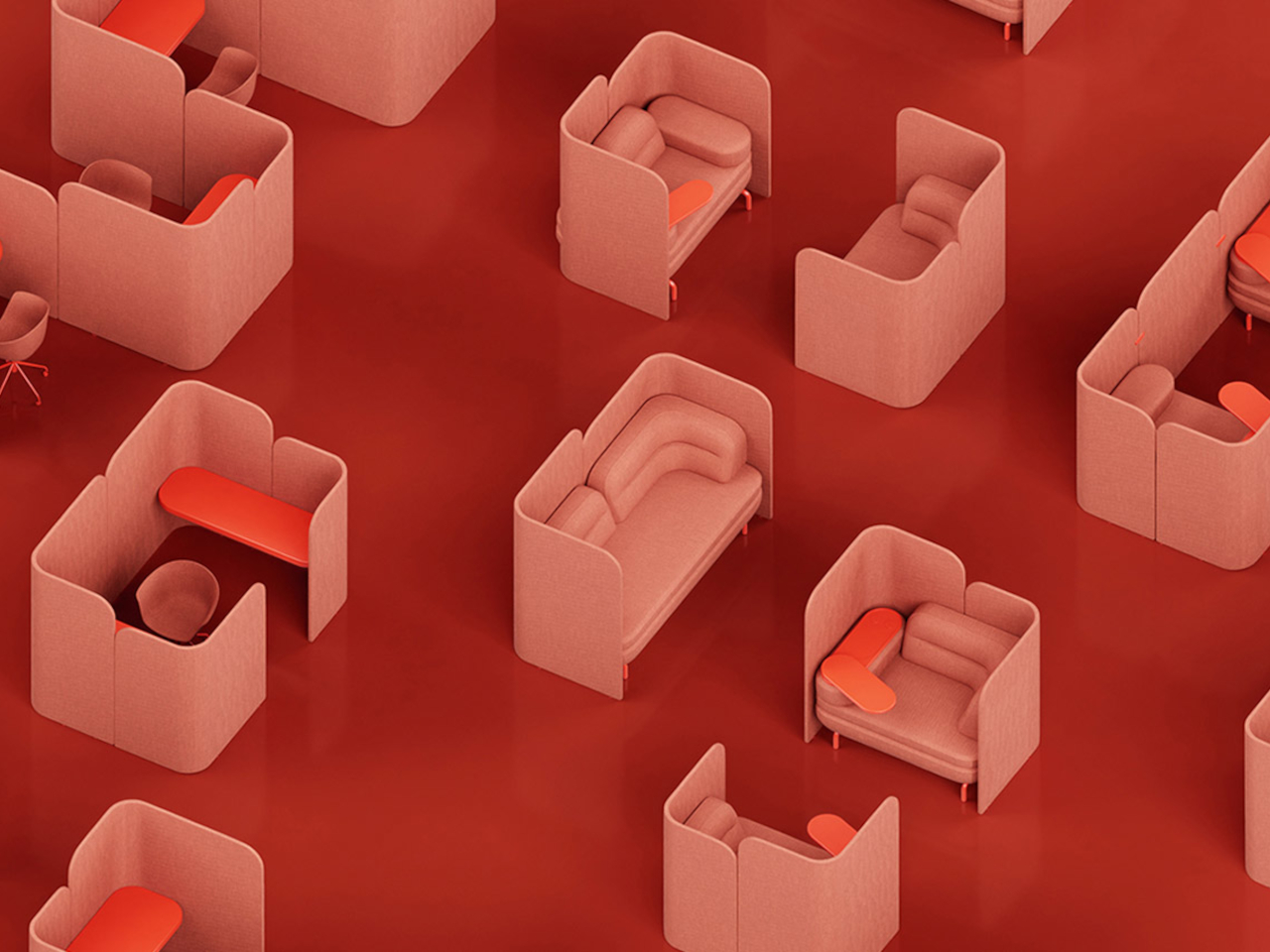
Designer: Dymitr Malcew
The Futo, is a sustainable modular seating solution designed for the privacy-conscious post-pandemic workforce. Crafted by designer Dymitr Malcew, Futo offers flexible configurations for private work zones and collaborative meetings without extensive rebuilds. With its soft upholstered design and vibrant color options, Futo blends comfort and functionality to optimize performance and well-being in modern office environments.
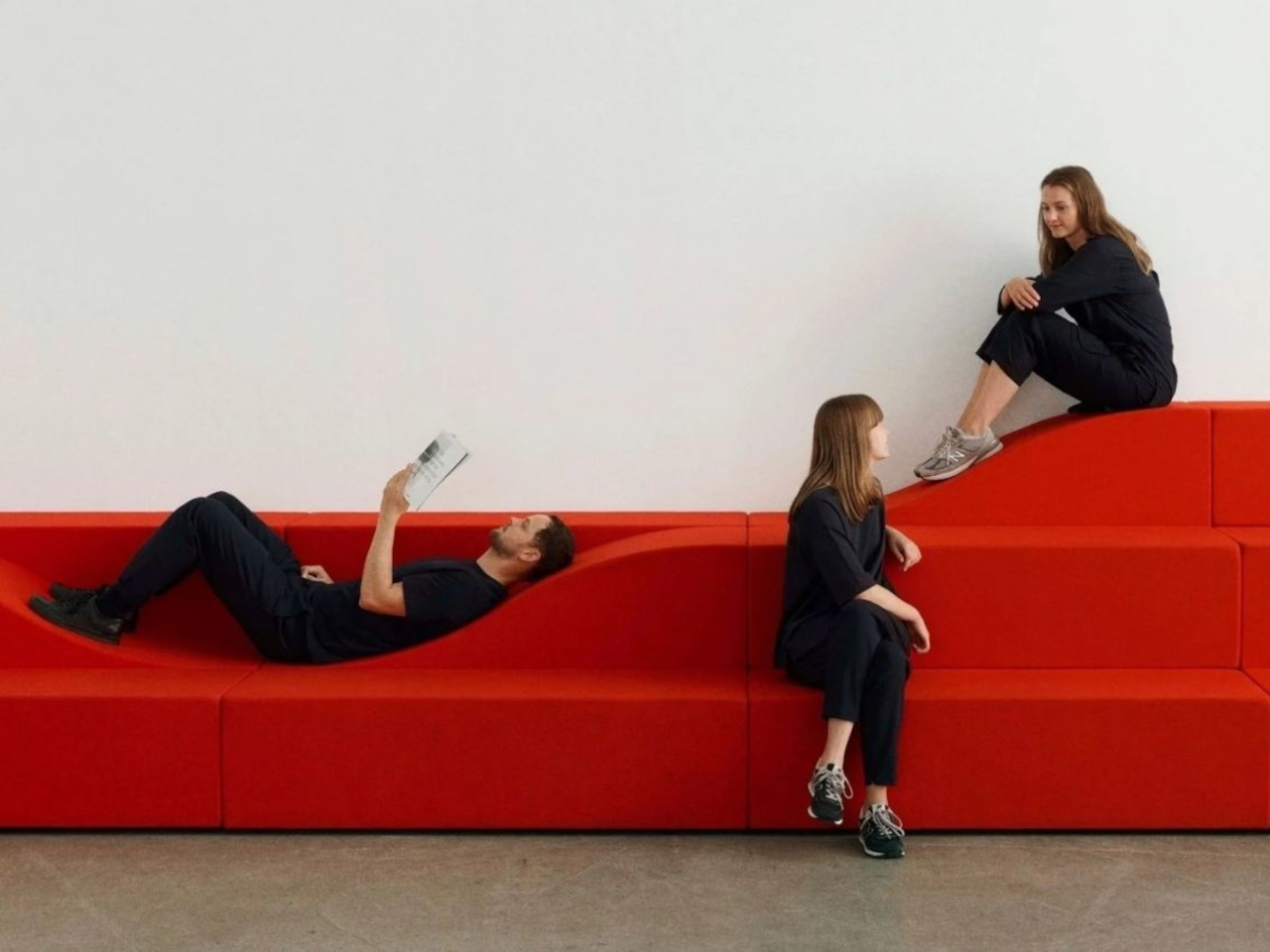

Designer: Snøhetta
As companies return to office settings, individuals are adjusting to in-person interactions. Summit, a modular furniture system, aids this transition with its versatile geometric design. Comprising five modules, it can be configured for various needs, from meetings to casual gatherings. With built-in charging outlets and inviting colors, Summit offers comfort and functionality in a minimalistic design, ideal for modern workspaces.
5. Budget-Friendly Designs
Modular furniture is budget-friendly and affordable, making it an excellent choice for furnishing a home, especially a rented apartment. Its easy-to-dismantle design also makes it convenient to move to different locations.
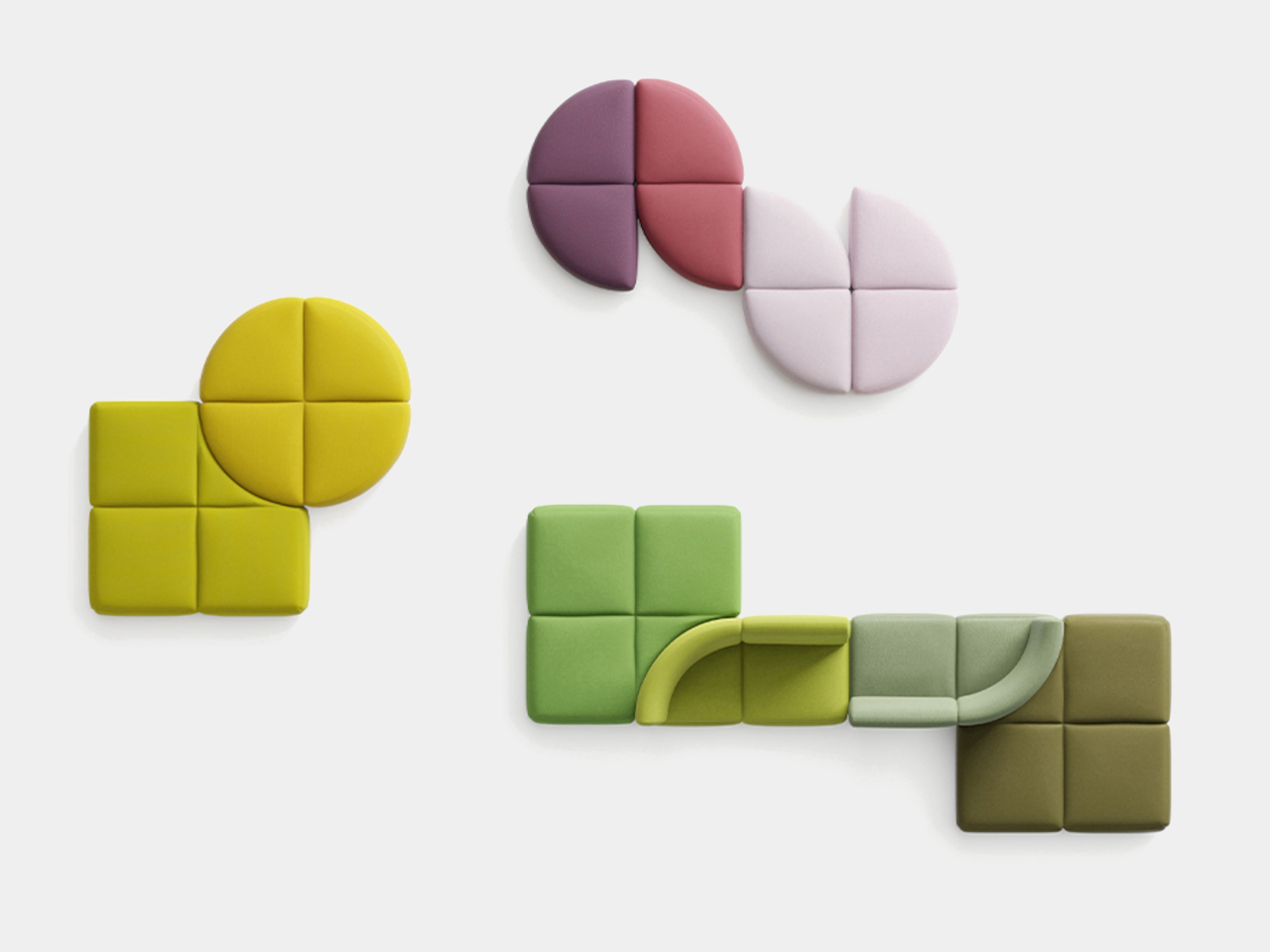
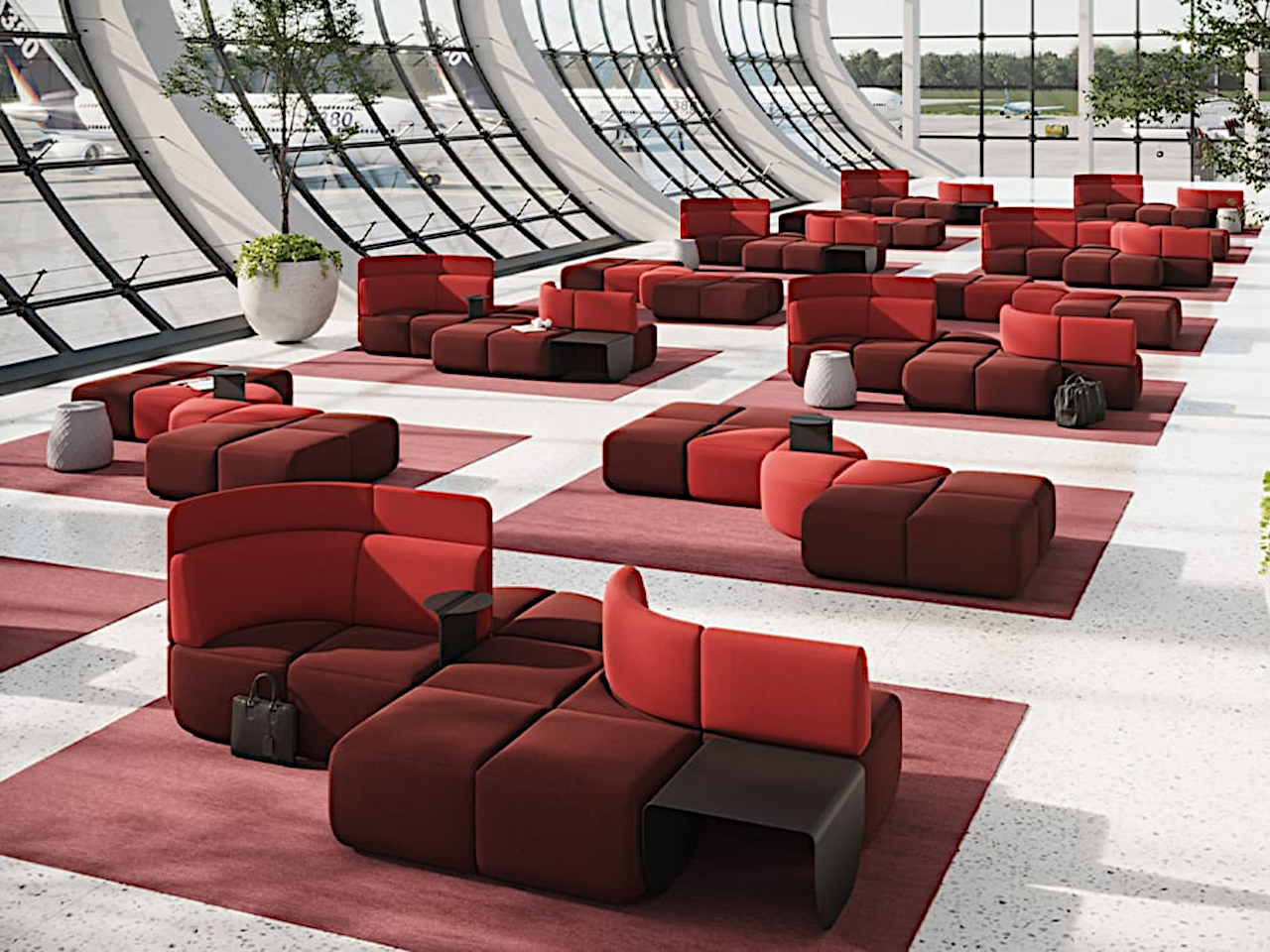
Designer: Helen Kontouris
Len Furniture collaborated with the National Gallery of Victoria to create a customizable collection inspired by Bauhaus principles and Alma Siedhoff-Buscher’s work. Featuring plush, knitted sofa pieces that seamlessly curve into one another, the collection encourages workspace play and social interaction. Embracing Bauhaus’ geometric tendencies, the furniture mimics the movement and integration of children’s maritime toy blocks, offering versatile and dynamic arrangements. With endless possibilities for customization, this collection celebrates skilled craftsmanship and design innovation.
6. Integration of Technology
Nowadays, with the rise of smart homes, technology is being integrated into modular furniture. This includes built-in USB ports, wireless charging pads, and integrated speakers, seamlessly combining functionality and convenience.
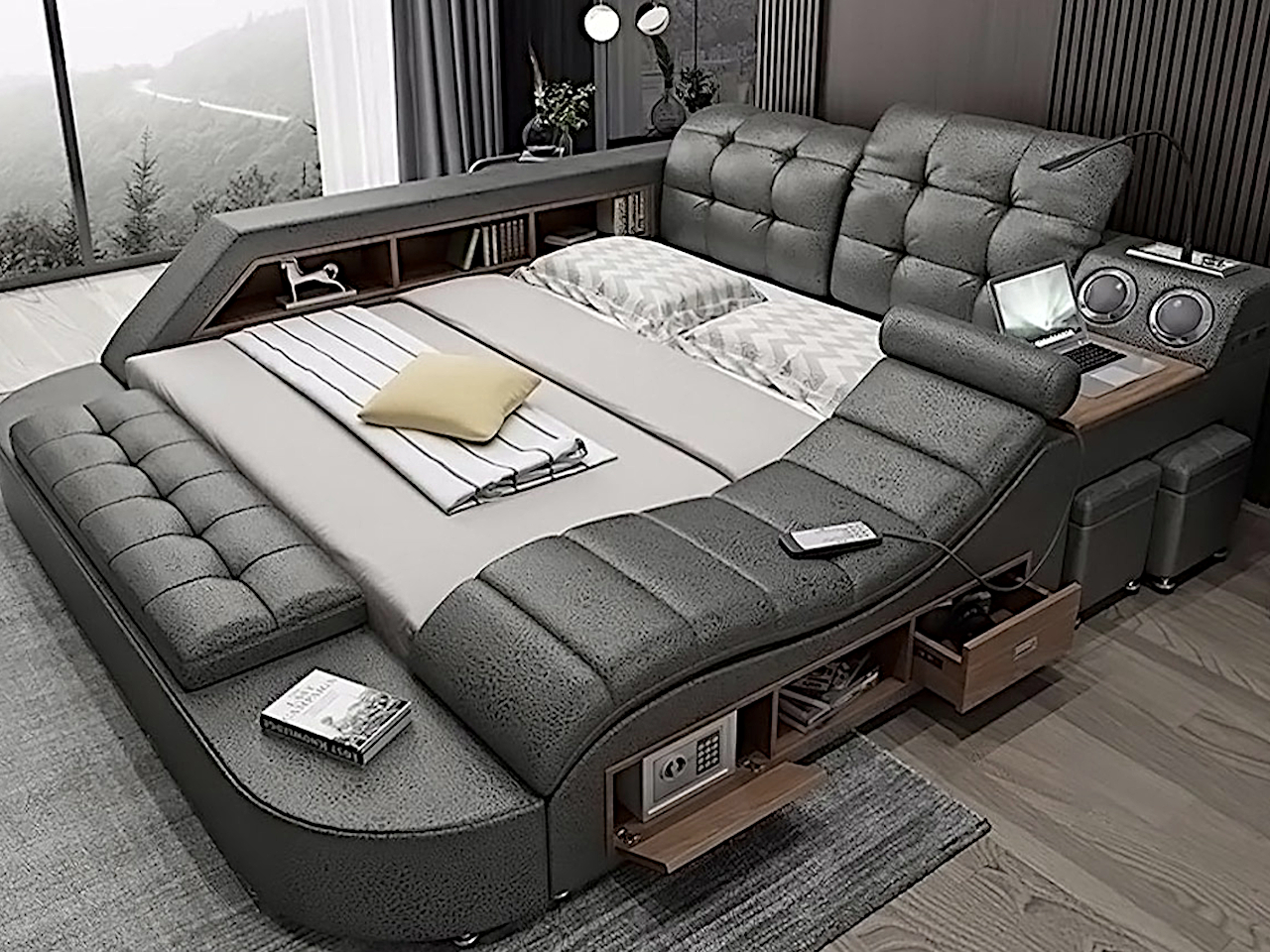
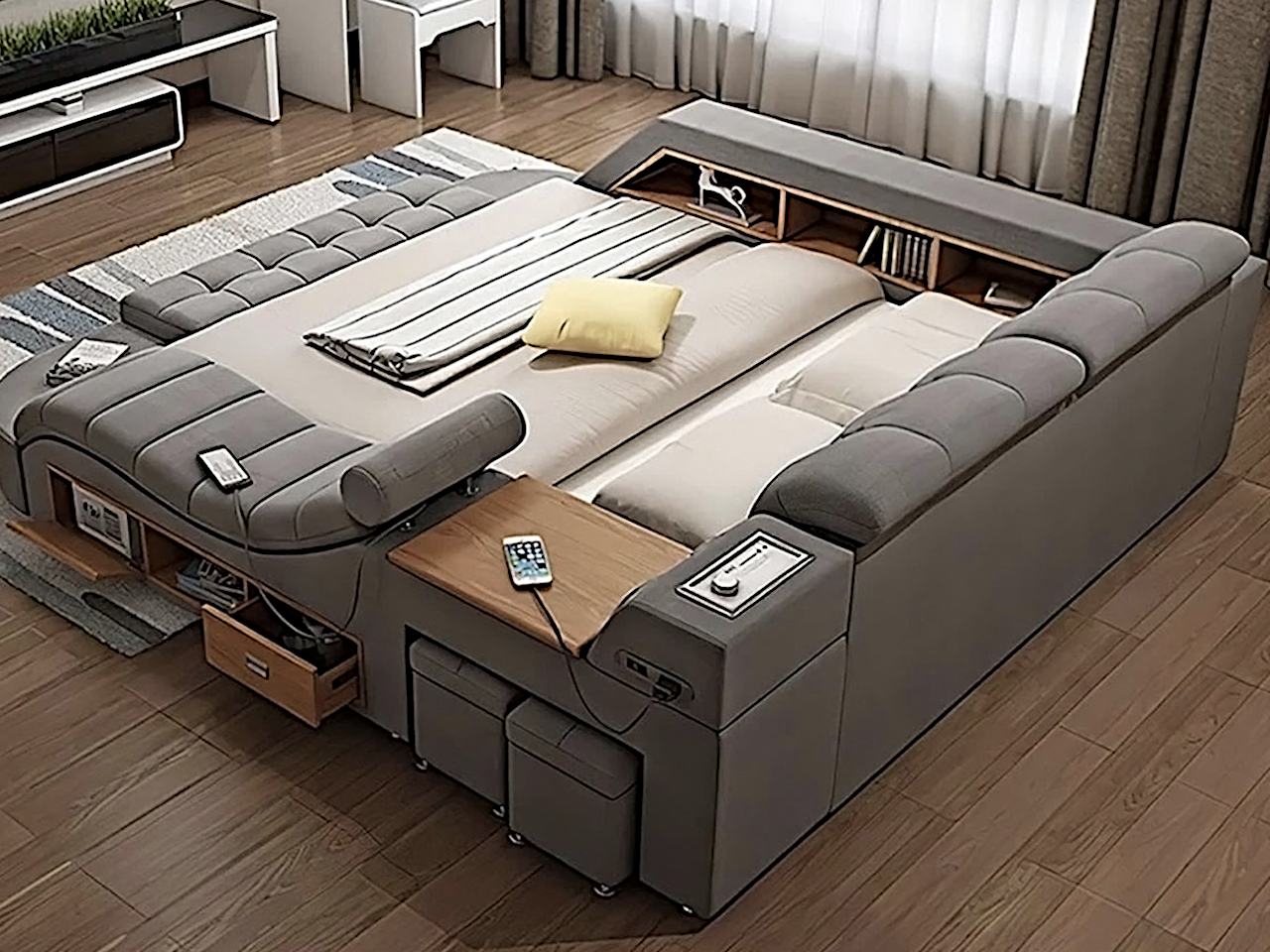
Designer: Jubilee Furniture
This bed offers everything you need for relaxation right within its frame. It features an integrated reclining massage chair with a remote, a built-in Bluetooth speaker, a bookshelf, a reading lamp, an air cleaning system, device charging ports, a foot-stool with extra storage, and a pop-up desk for WFH, Netflix, or reading. The sound system includes an SD card slot, an auxiliary port, and a USB port. Plus, it has a password-protected safe box for storing your valuables.
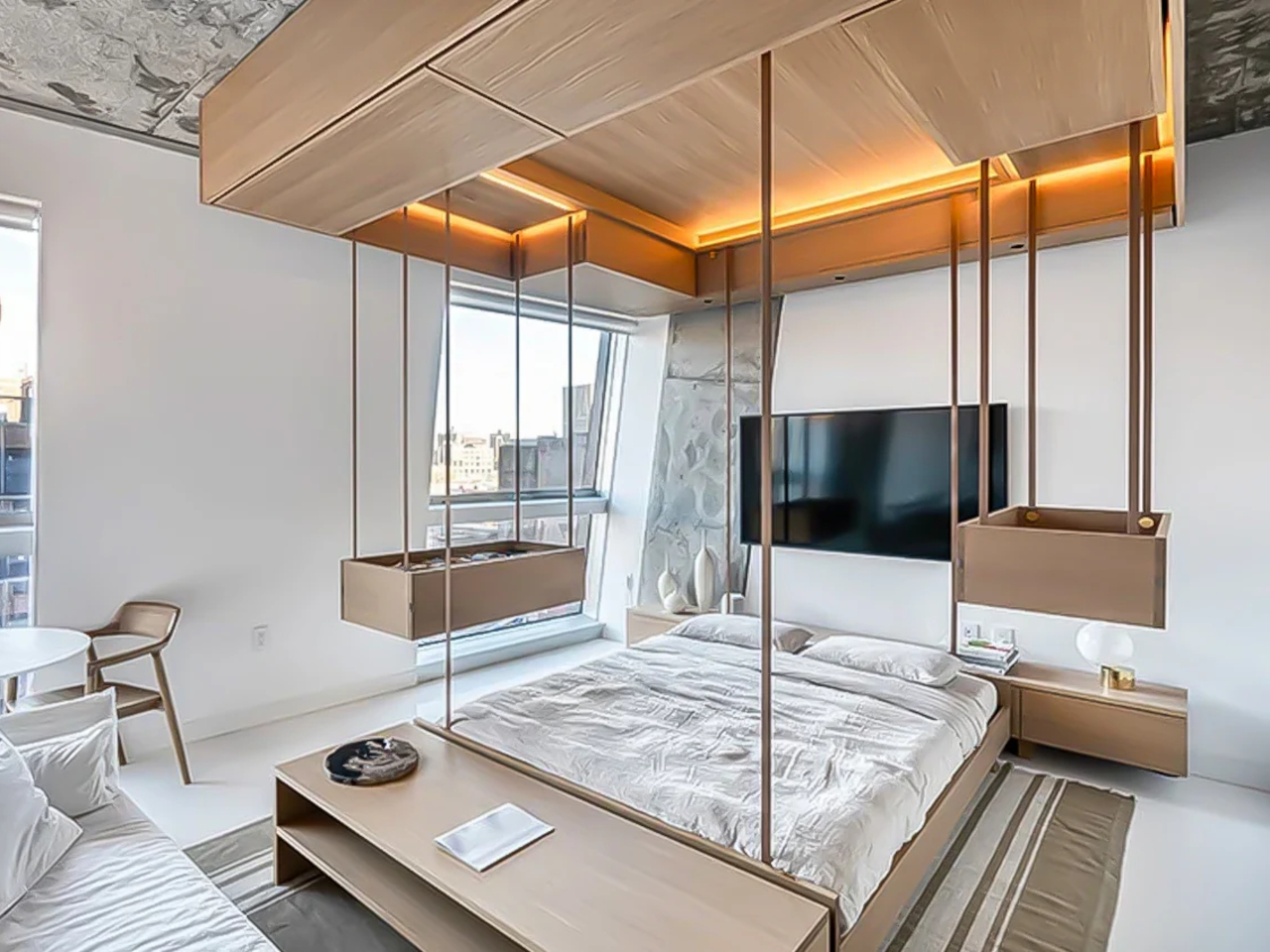
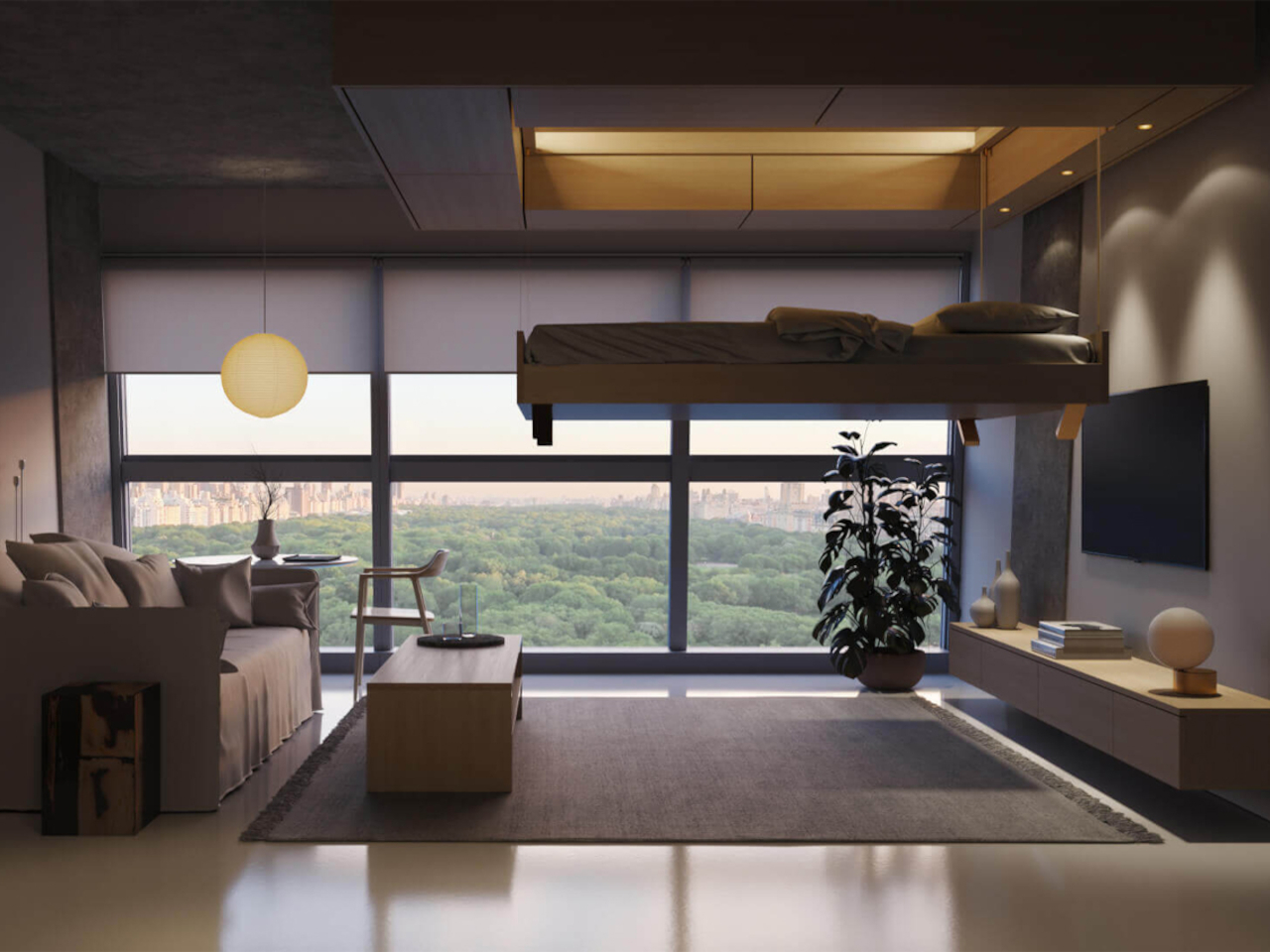
Designer: Bumblebee Spaces x BIG
In East Harlem, ‘The Smile’ apartment complex by BIG features innovative smart furniture systems from Bumblebee Spaces. These modular units, including storage, beds, workspaces, and wardrobes, seamlessly ascend and descend from the ceiling, optimizing living space. Controlled by voice commands and programmed settings, the furniture adapts to residents’ needs. Crafted from wood, it adds warmth to the industrial aesthetic of the decor. ‘The Smile’ offers a mix of market-rate and affordable apartments, showcasing the future of urban living.
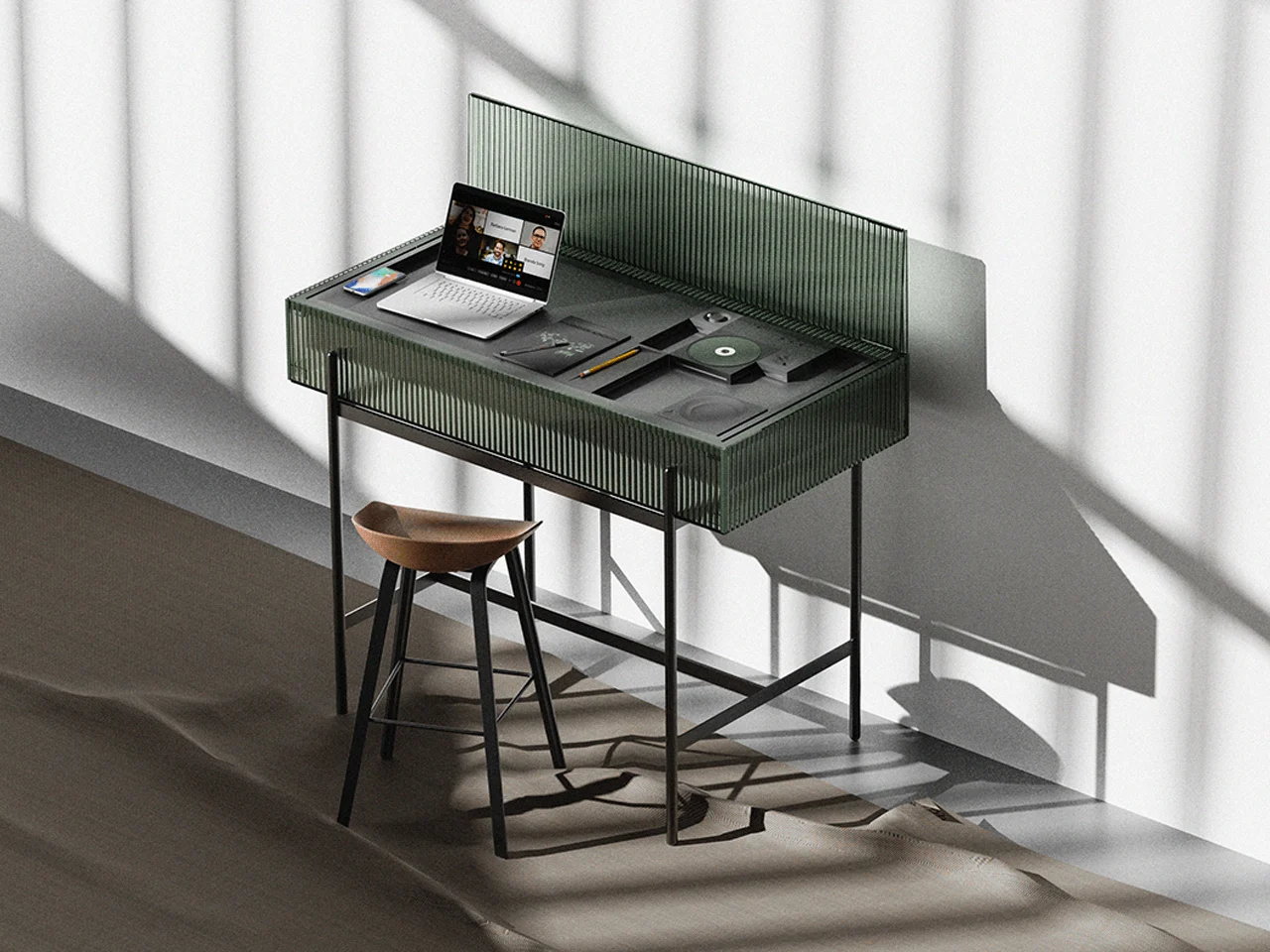
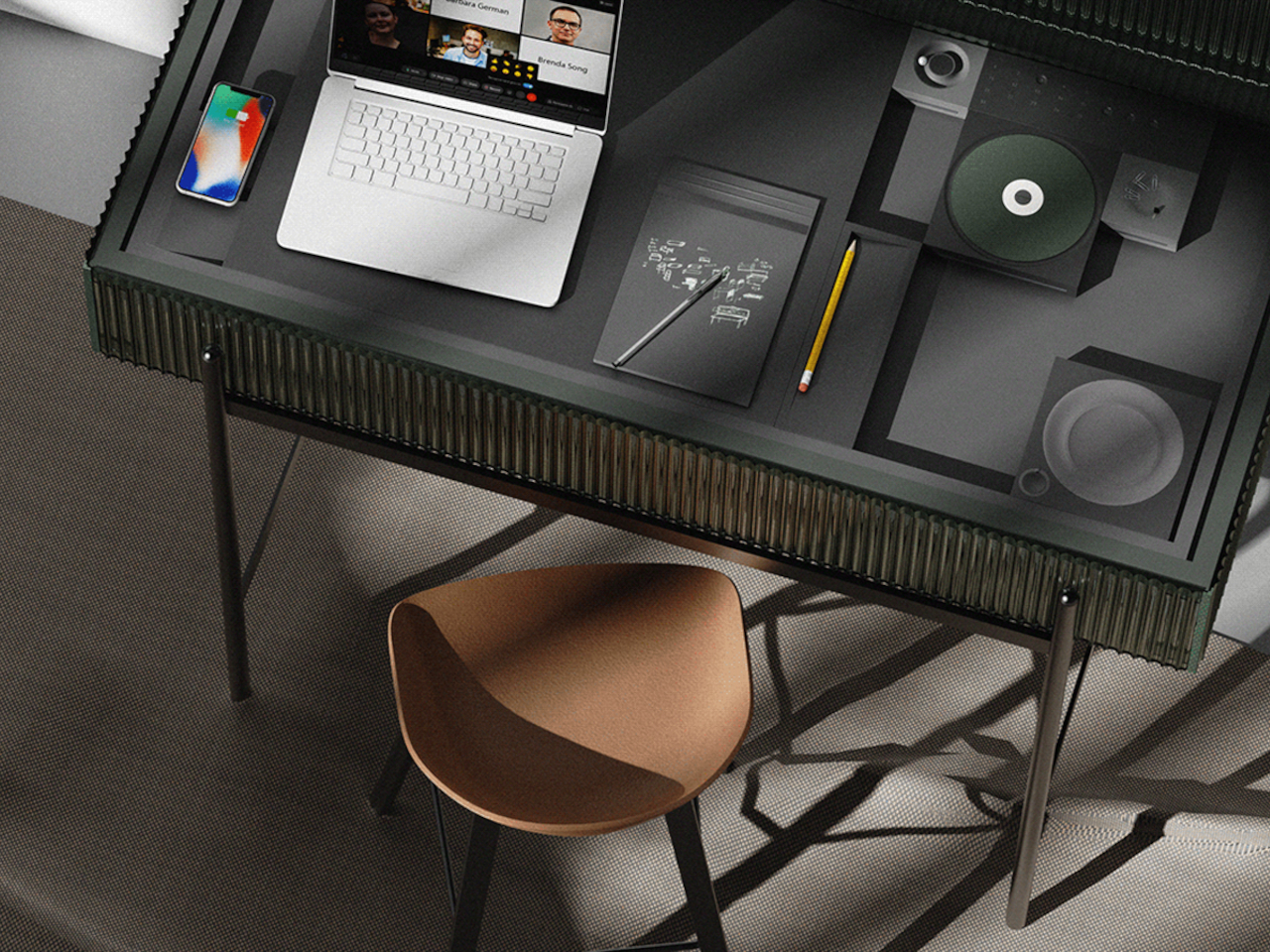
Designers: Juwon Kim, Jiwon Song, and Eunsang Lee
The Layout desk merges work and play seamlessly, featuring a modular design with entertainment and work modules. Designed by Juwon Kim, Jiwon Song, and Eunsang Lee, its translucent, sea green exterior catches the eye, while practical features like a foldable upper cover for privacy and a front display panel for widgets enhance functionality. Inside, various modules including light controllers, phone chargers, and music players offer convenience and versatility, ensuring an optimal workspace for both productivity and leisure.
7. Focus on Outdoor Furniture
Modular furniture isn’t just for indoors; it works great outside too. Homeowners can set up flexible seating in gardens, patios, and balconies, making outdoor spaces feel like an extension of their indoor living areas.
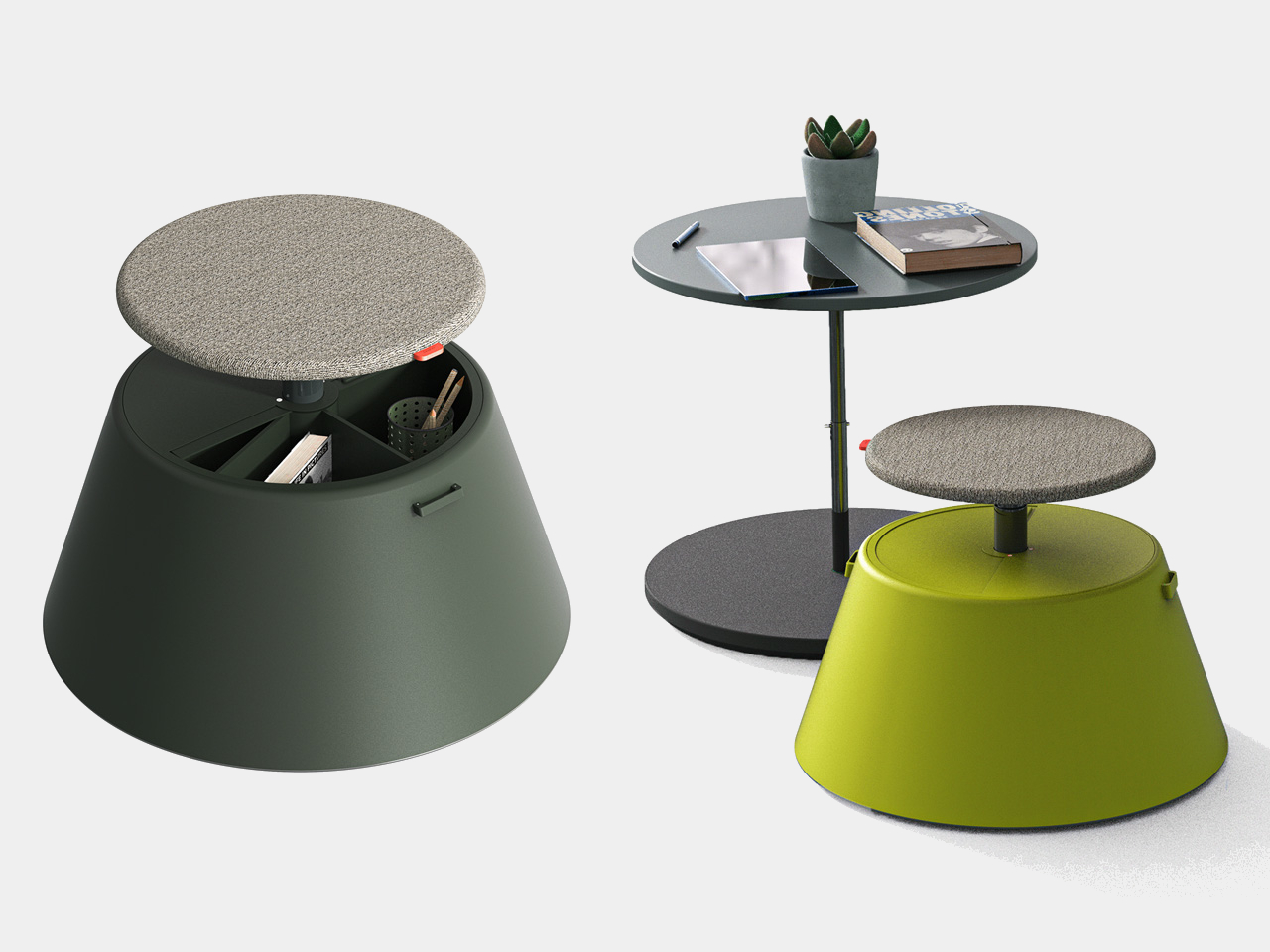
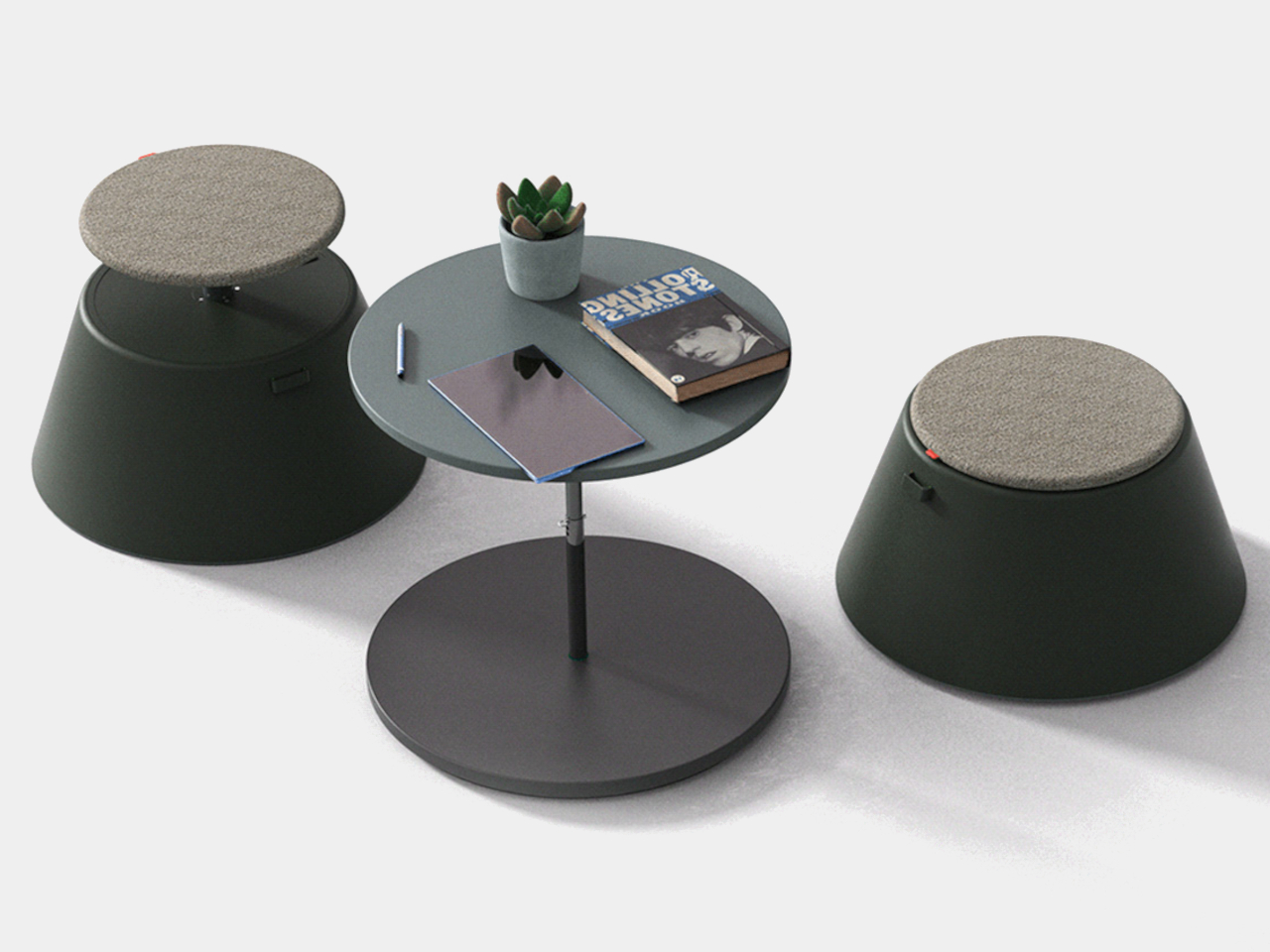
Designer: Gökçe Nafak
Uuma is a portable fiberglass table-chair combo designed by industrial designer Gökçe Nafak. This stackable unit offers convenience for both indoor and outdoor workspaces, seamlessly transitioning from the home office to the garden. Crafted for durability and portability, uuma’s customizable components make it easy to assemble and disassemble. With its adjustable features and sleek design, uuma provides comfort and efficiency wherever one chooses to work.
The post Design Forward: 7 Cutting-Edge Modular Furniture Trends of 2024 first appeared on Yanko Design.

